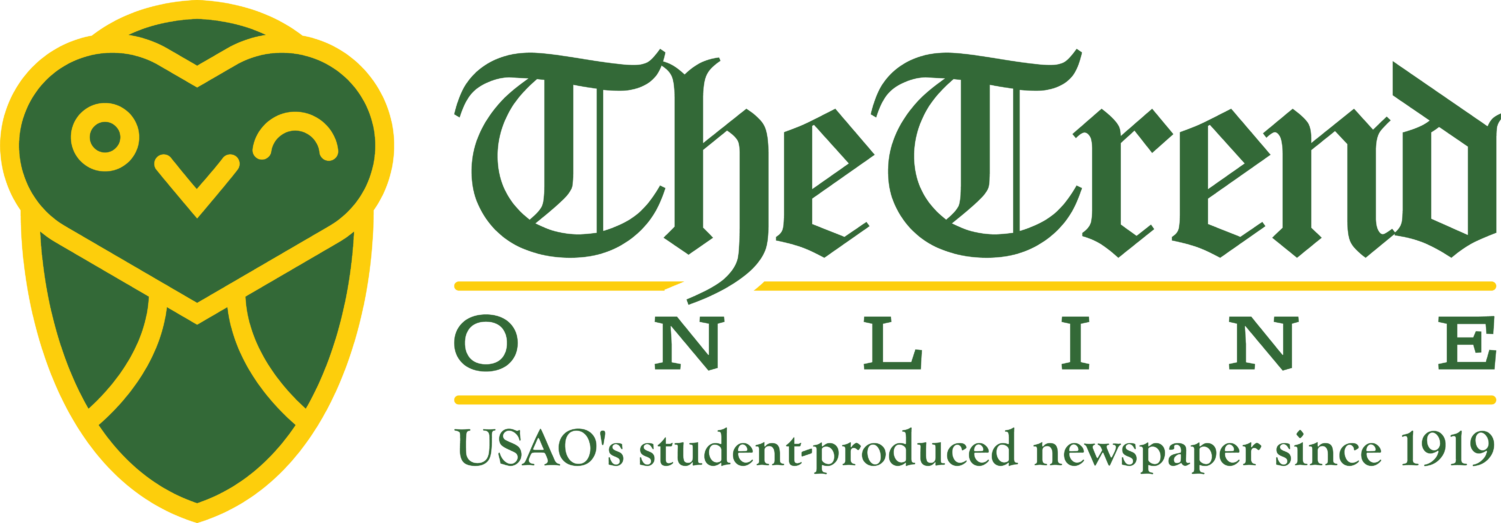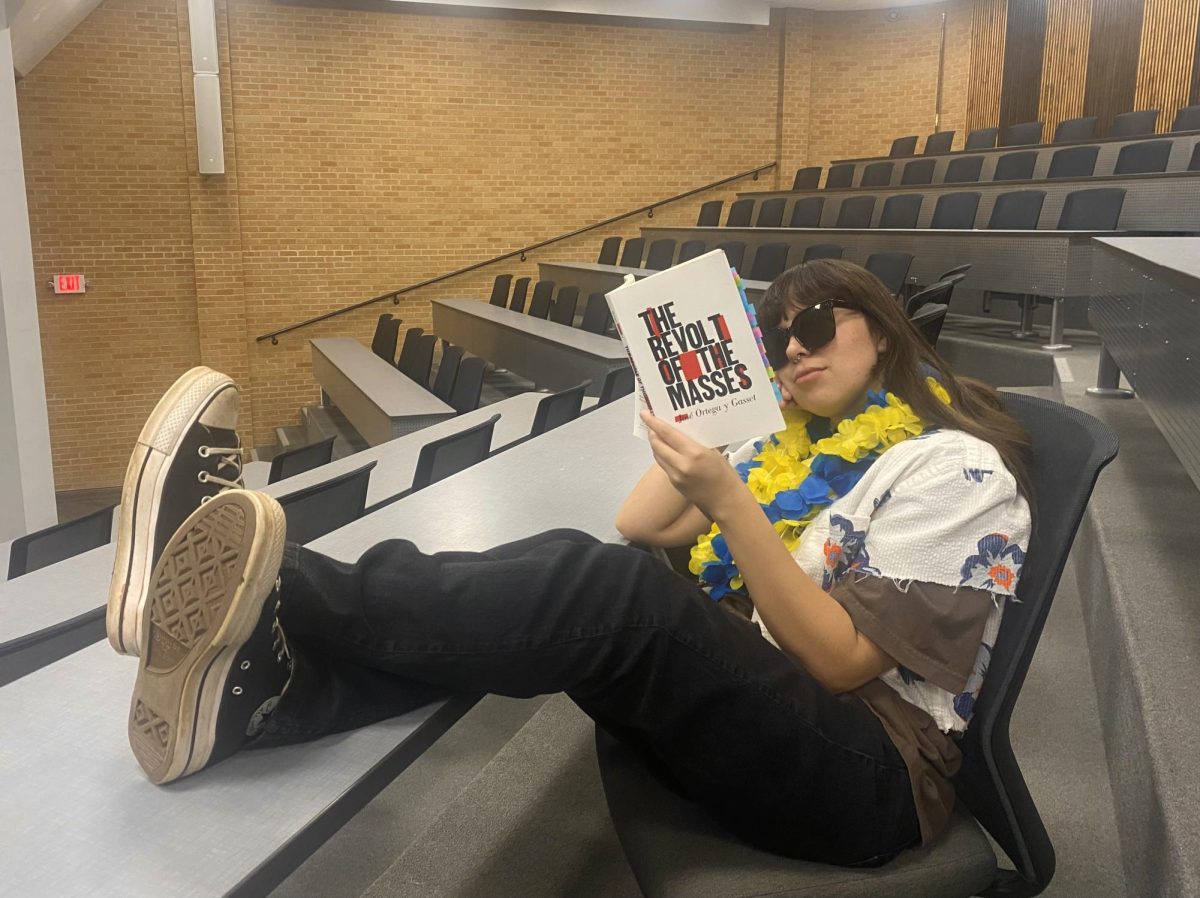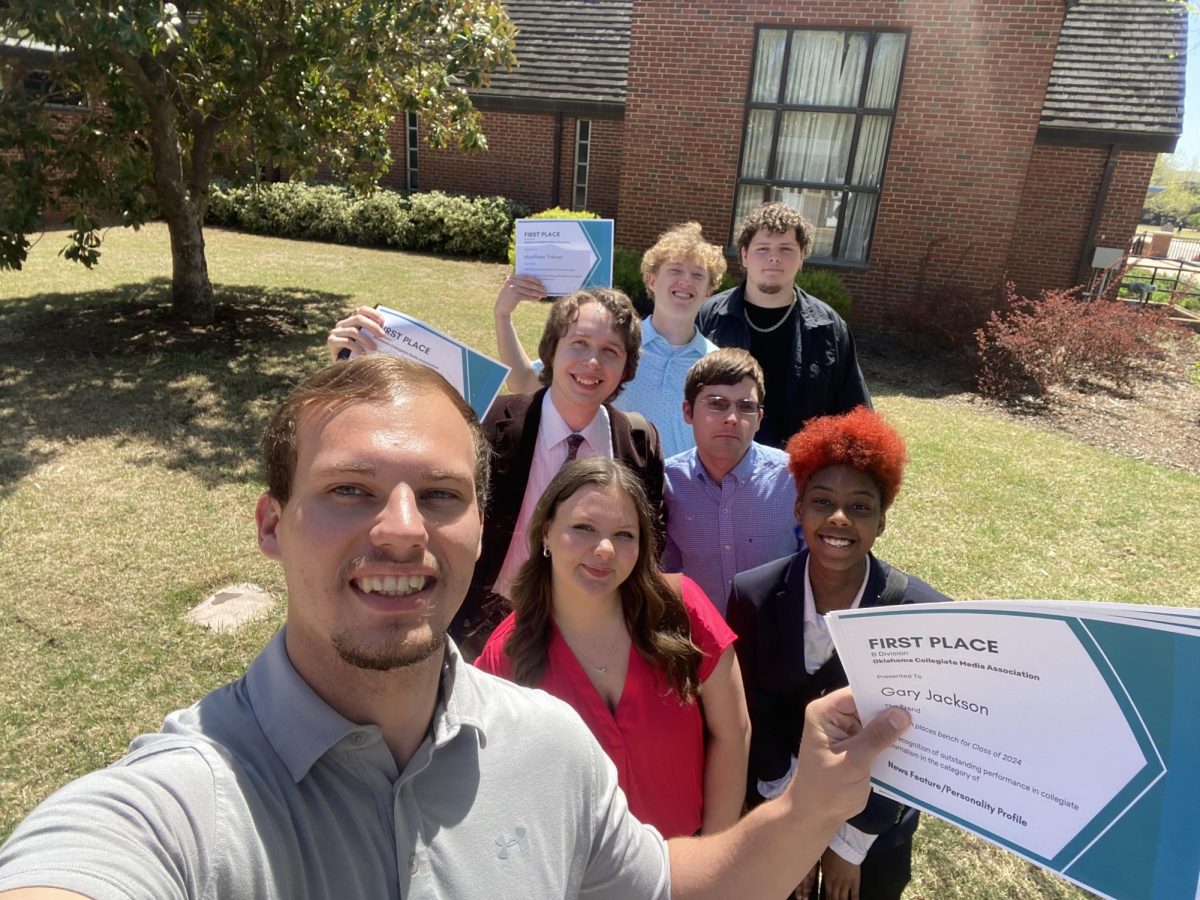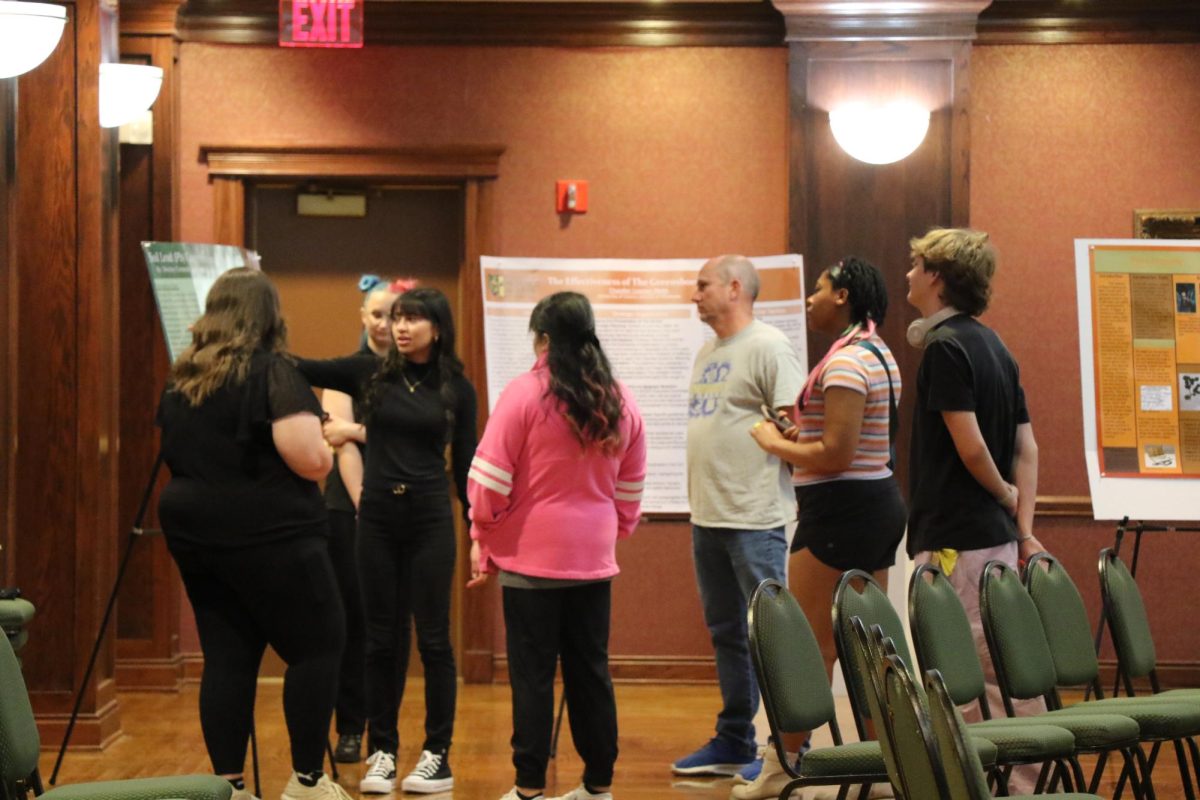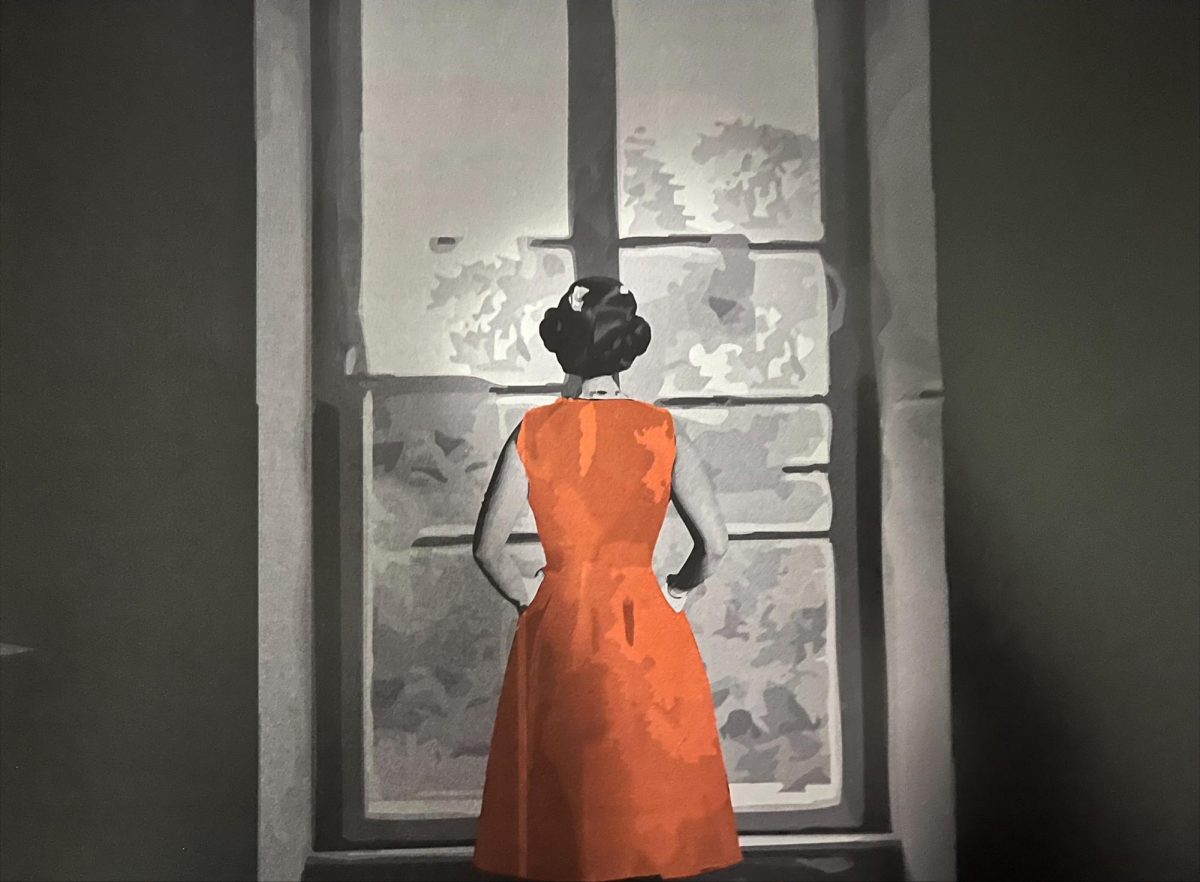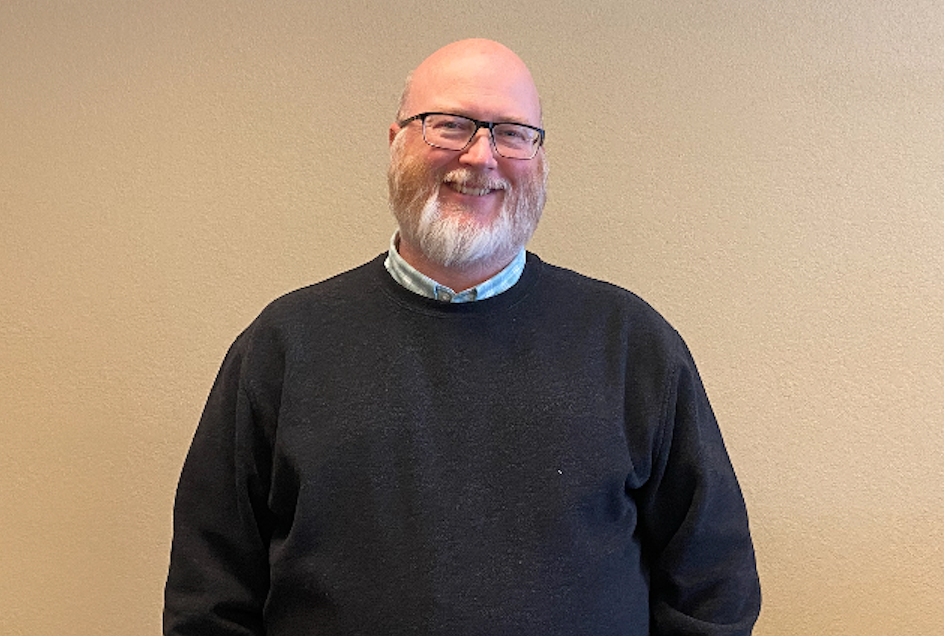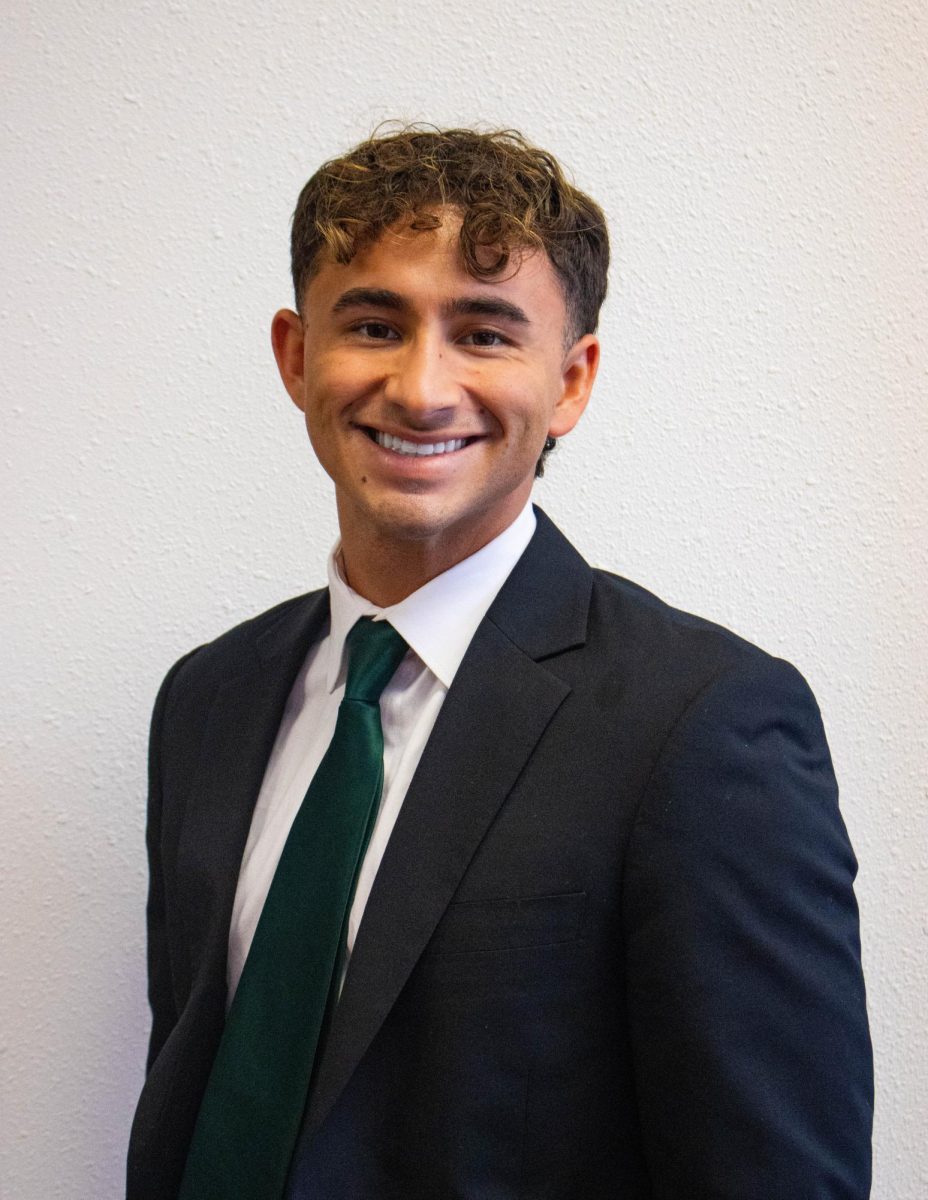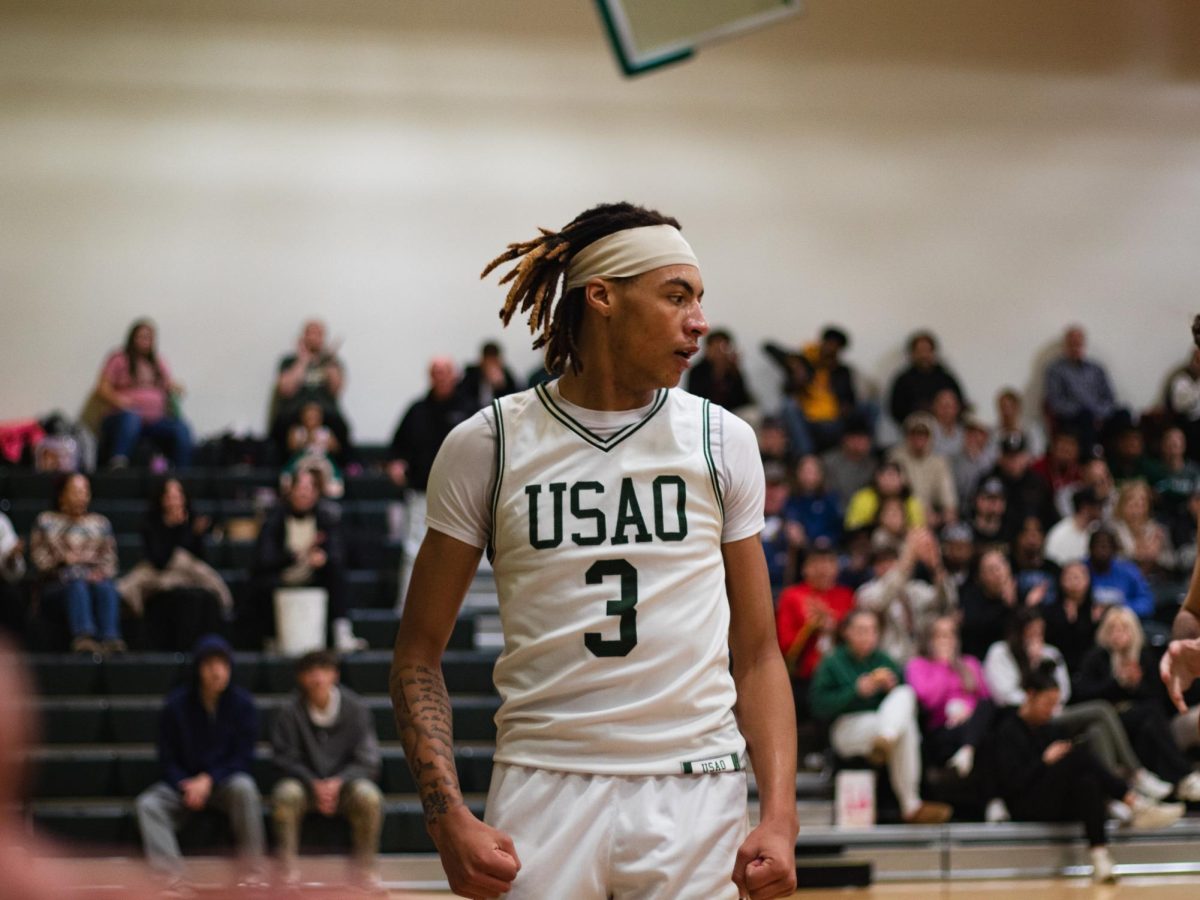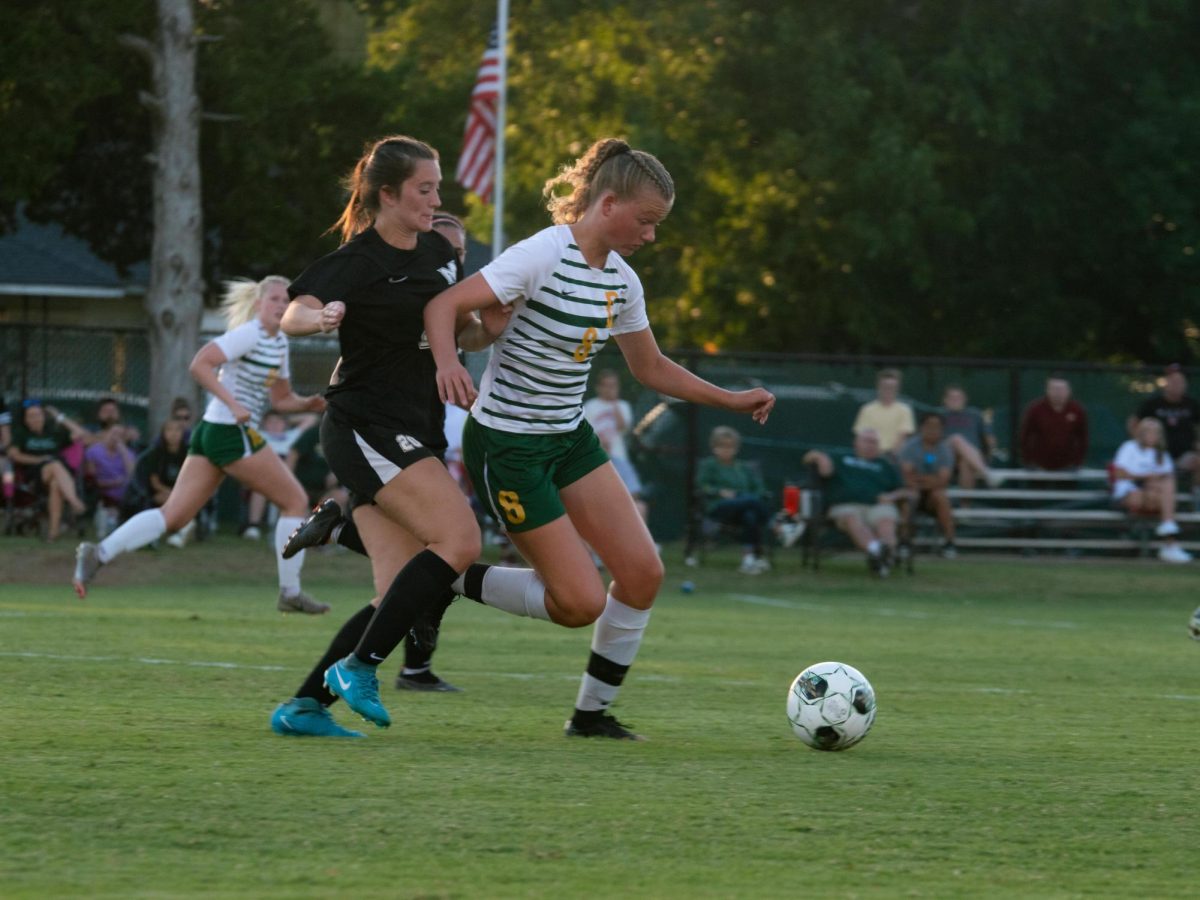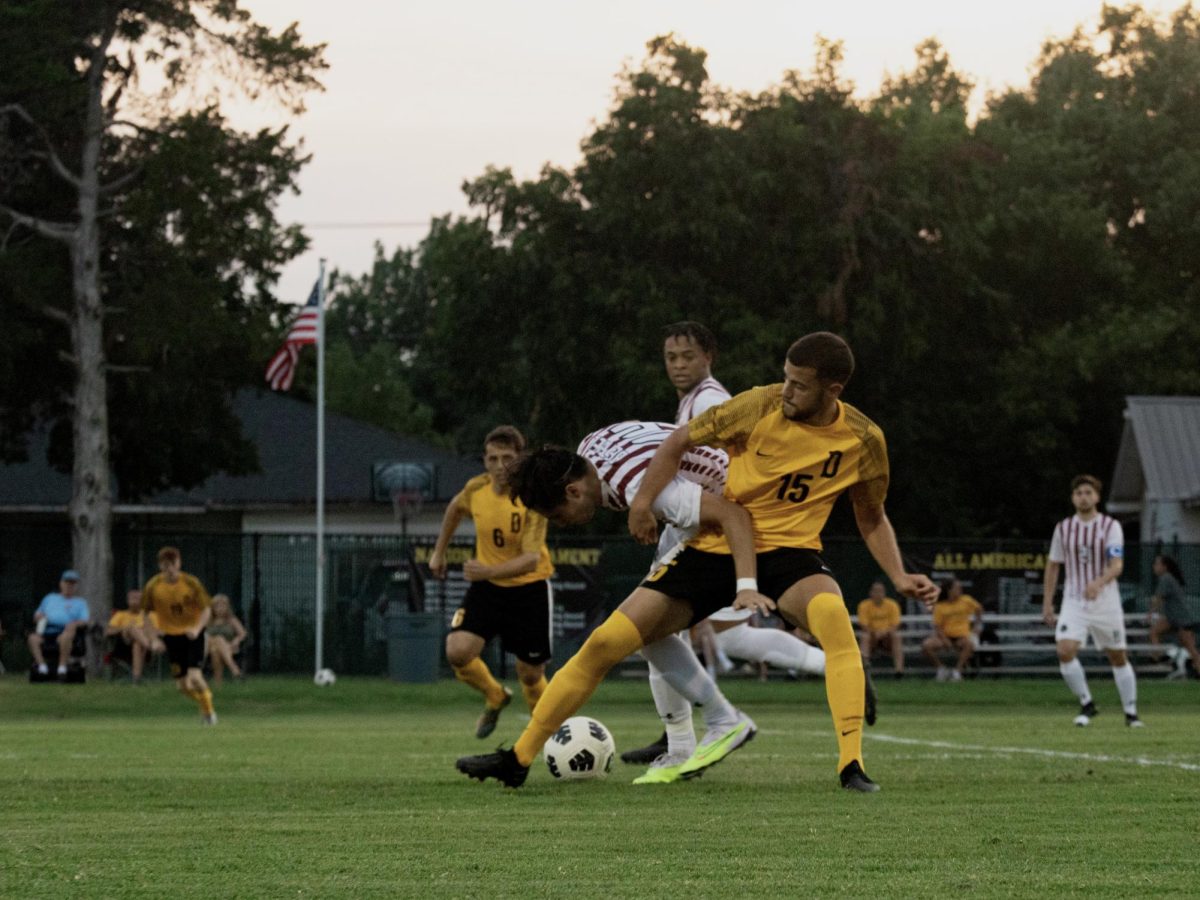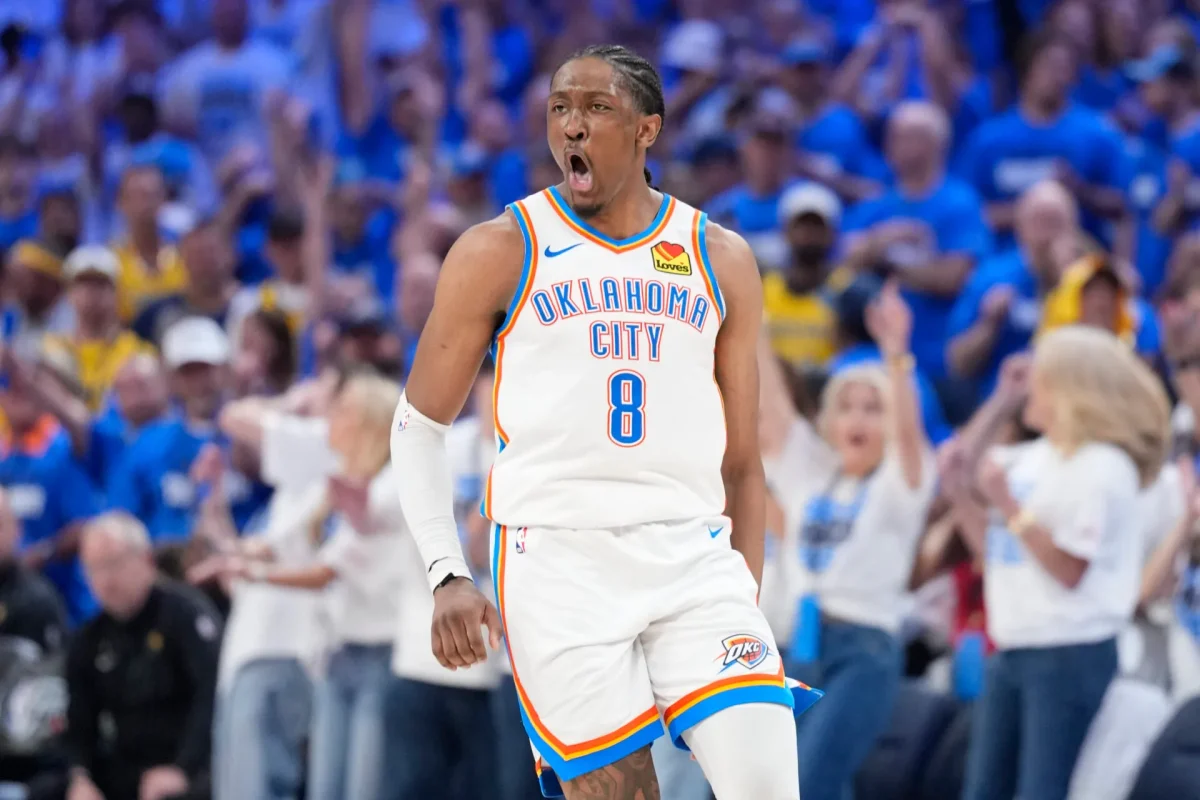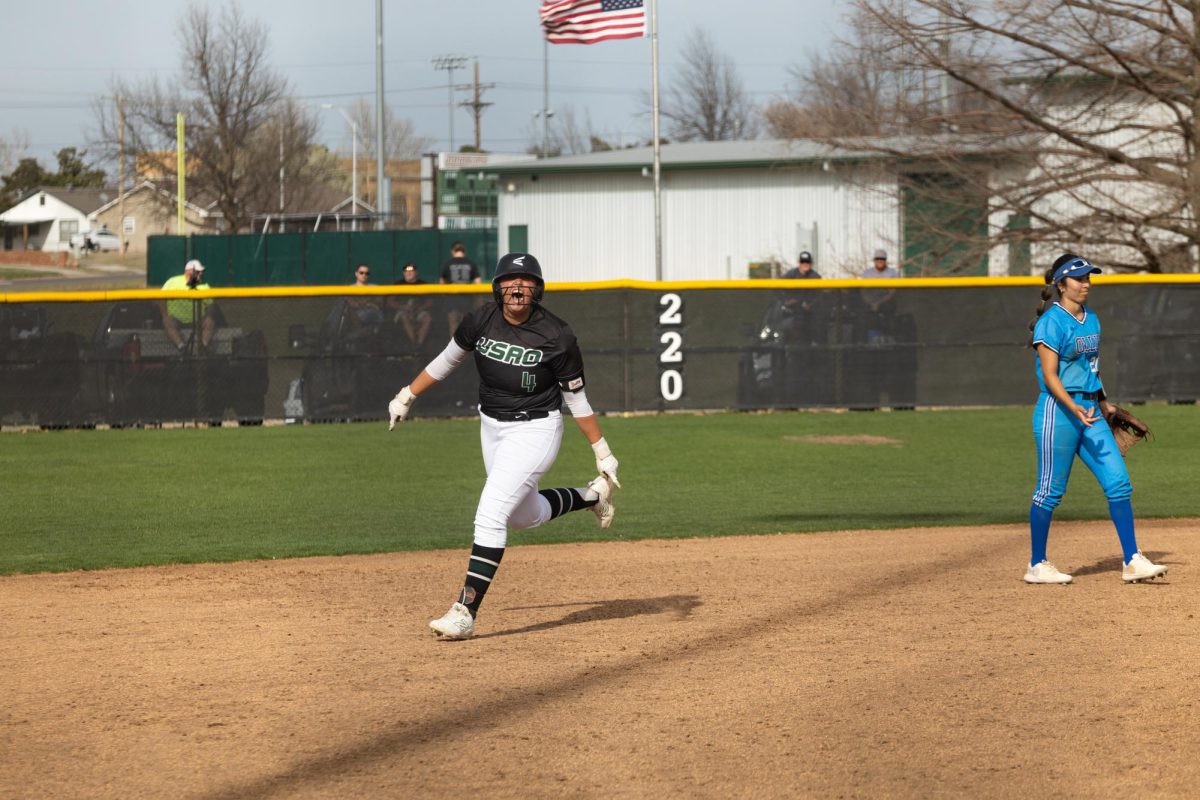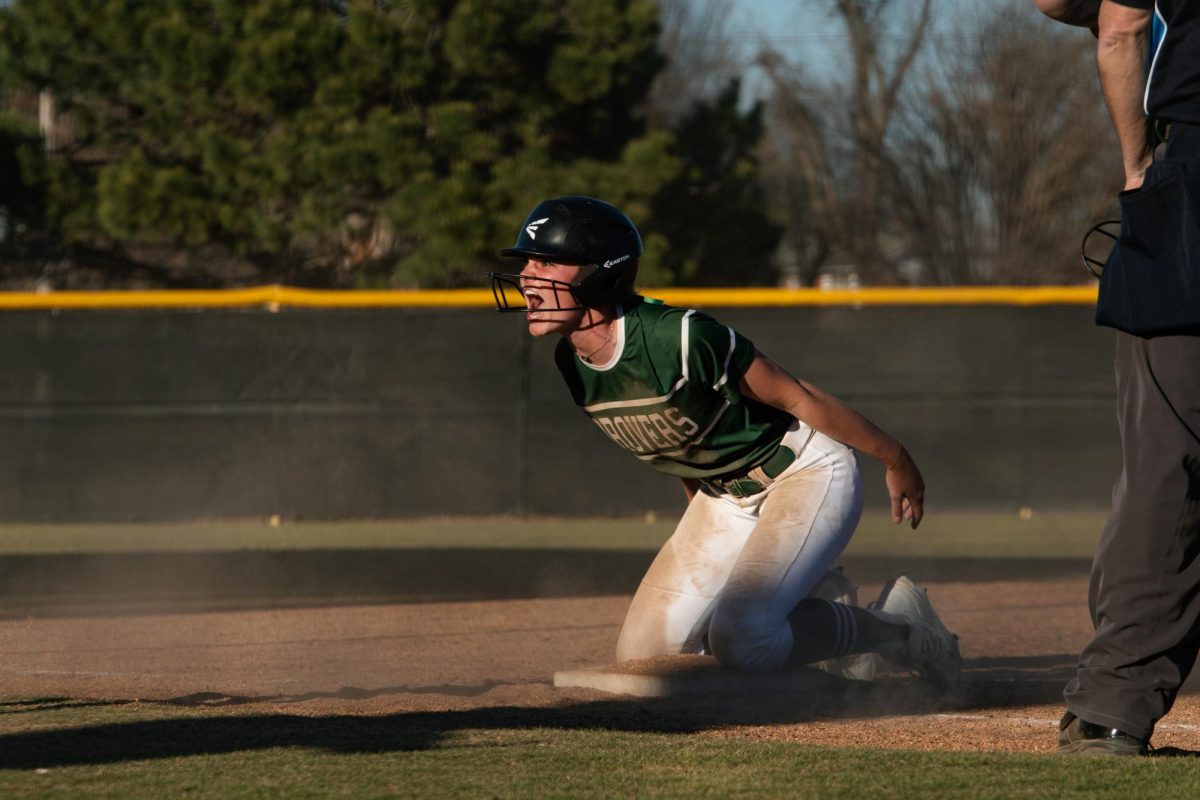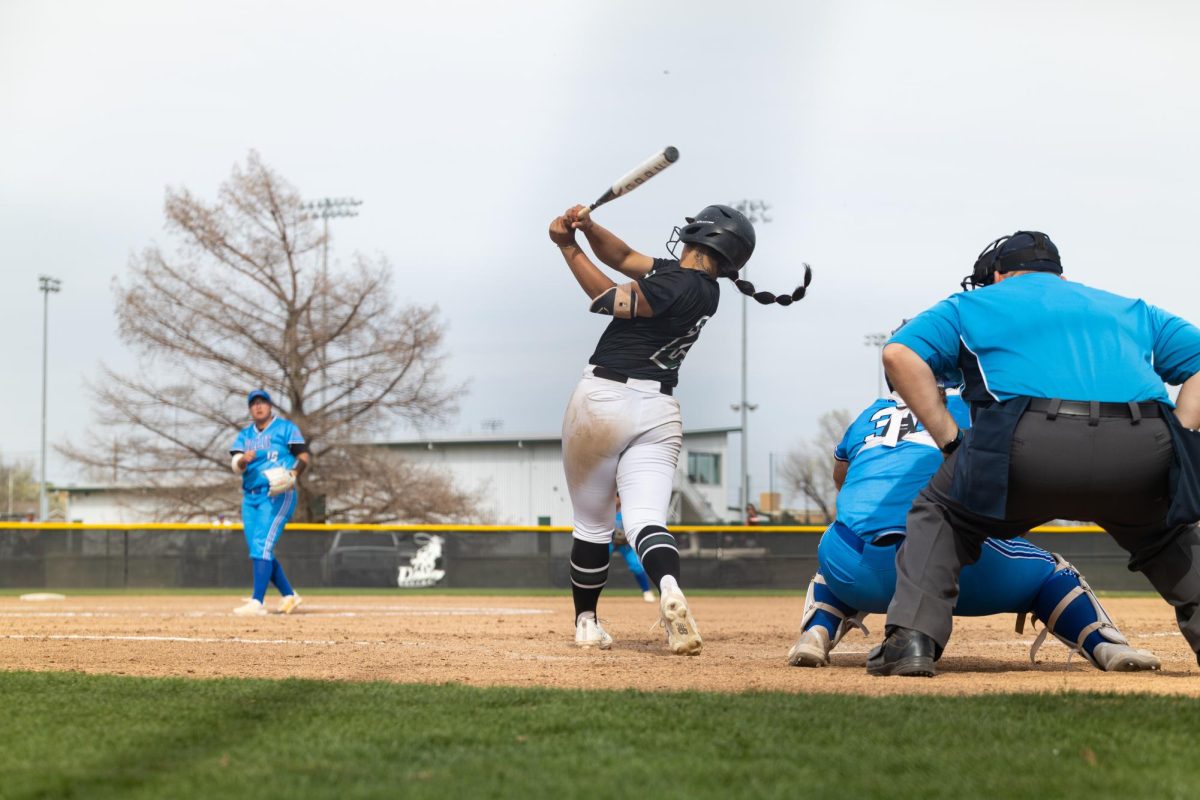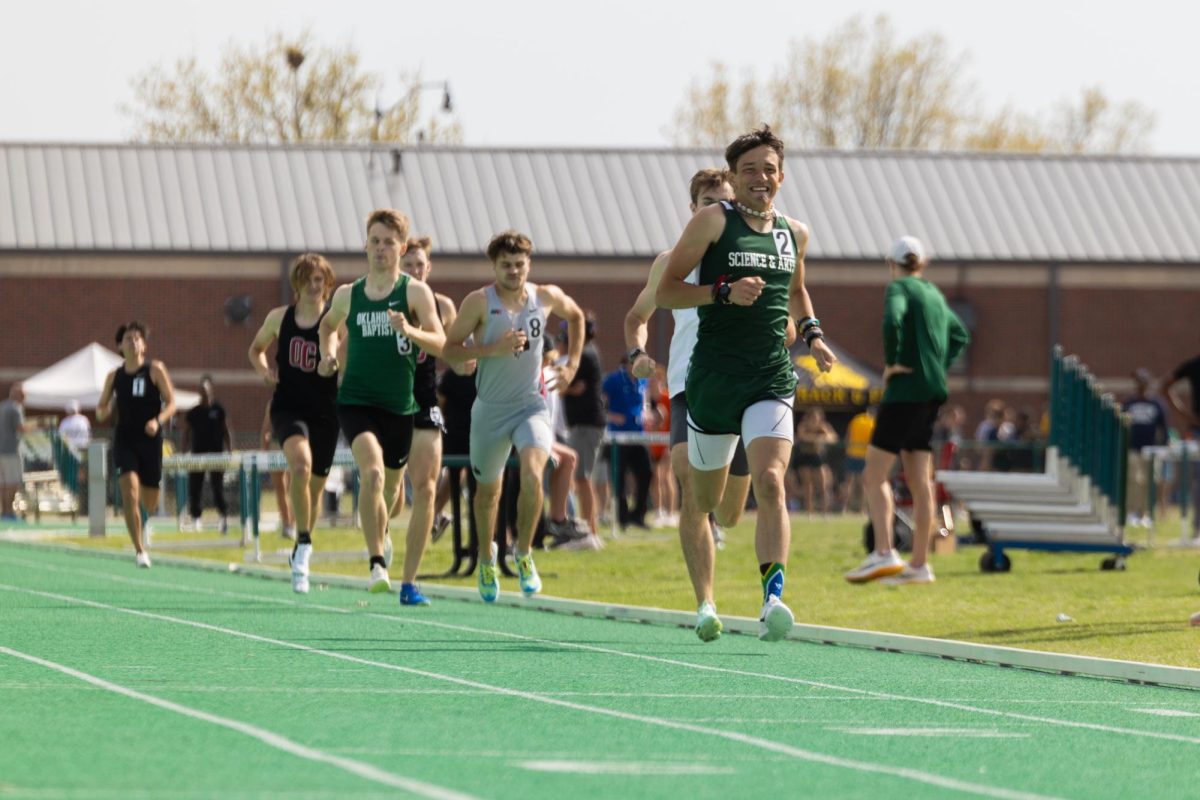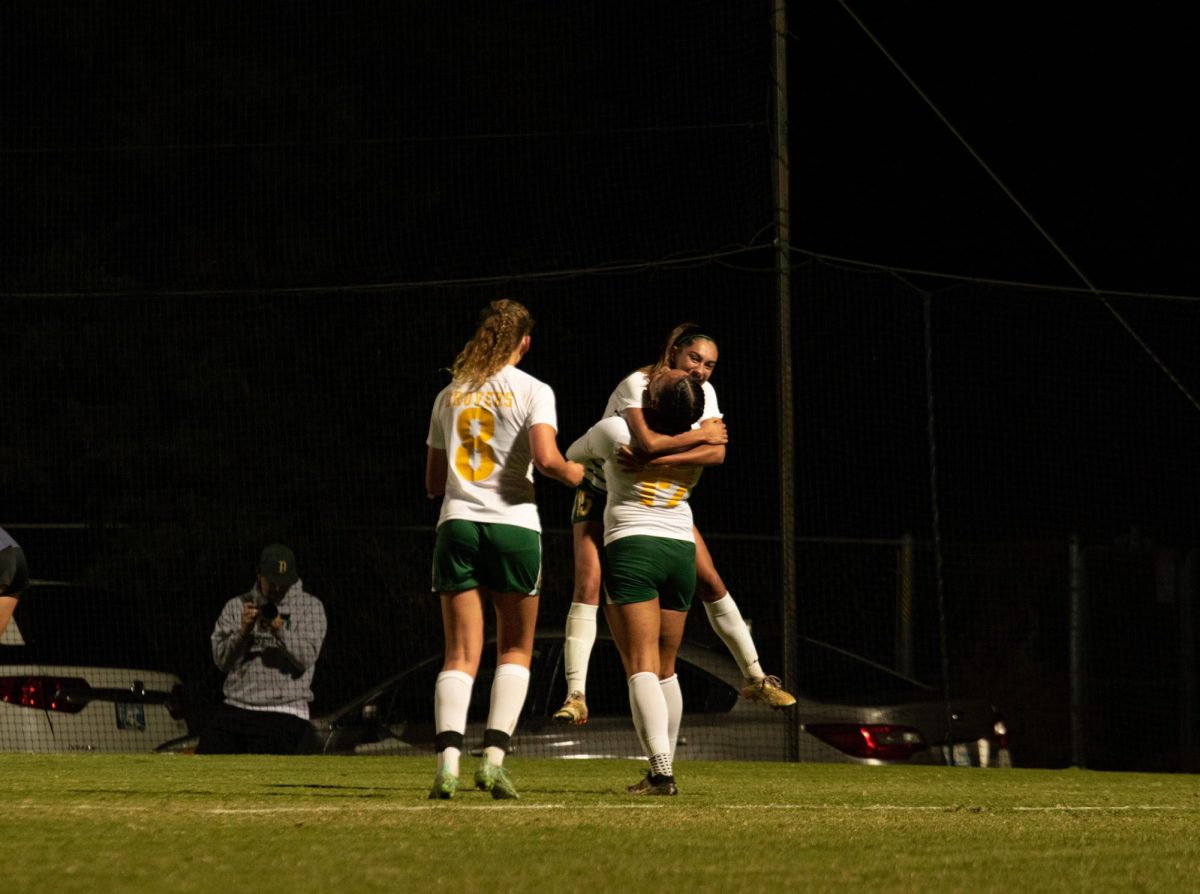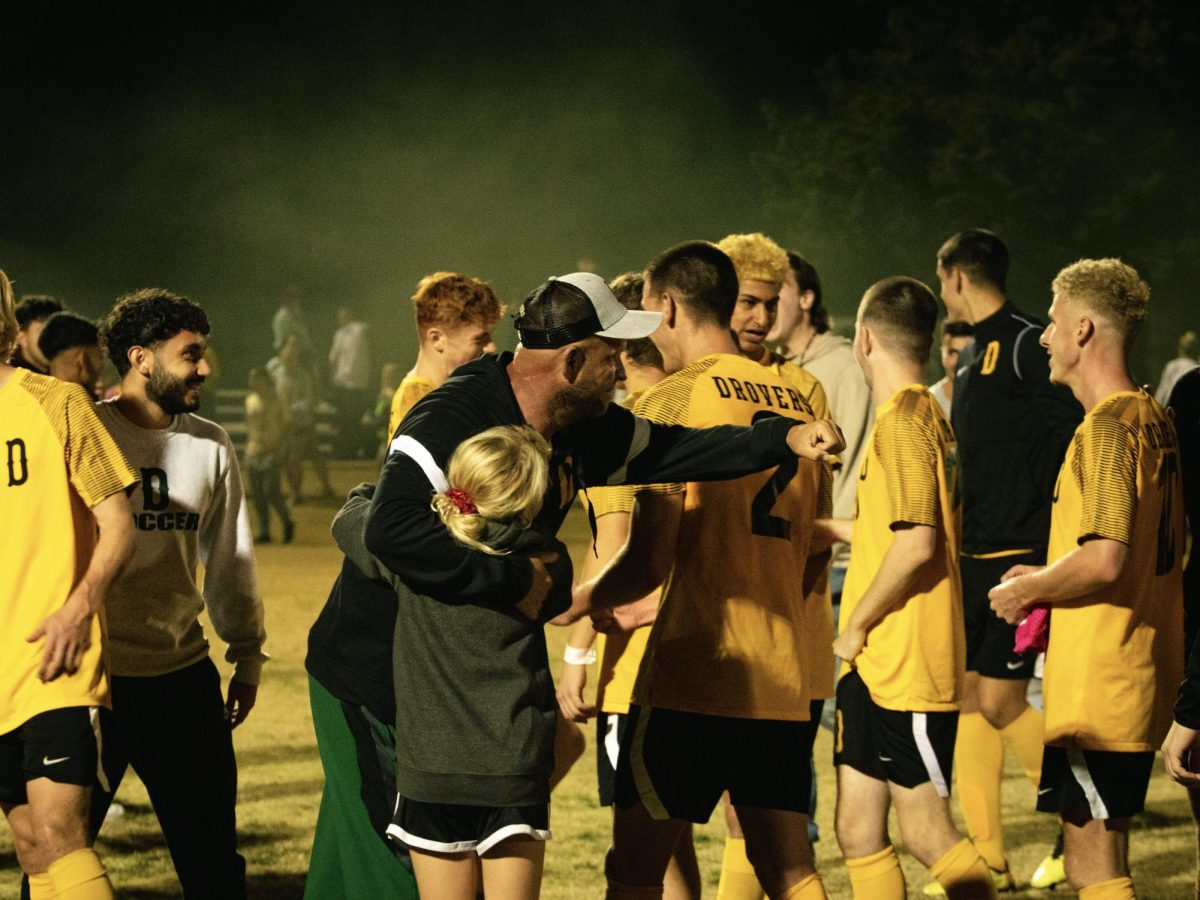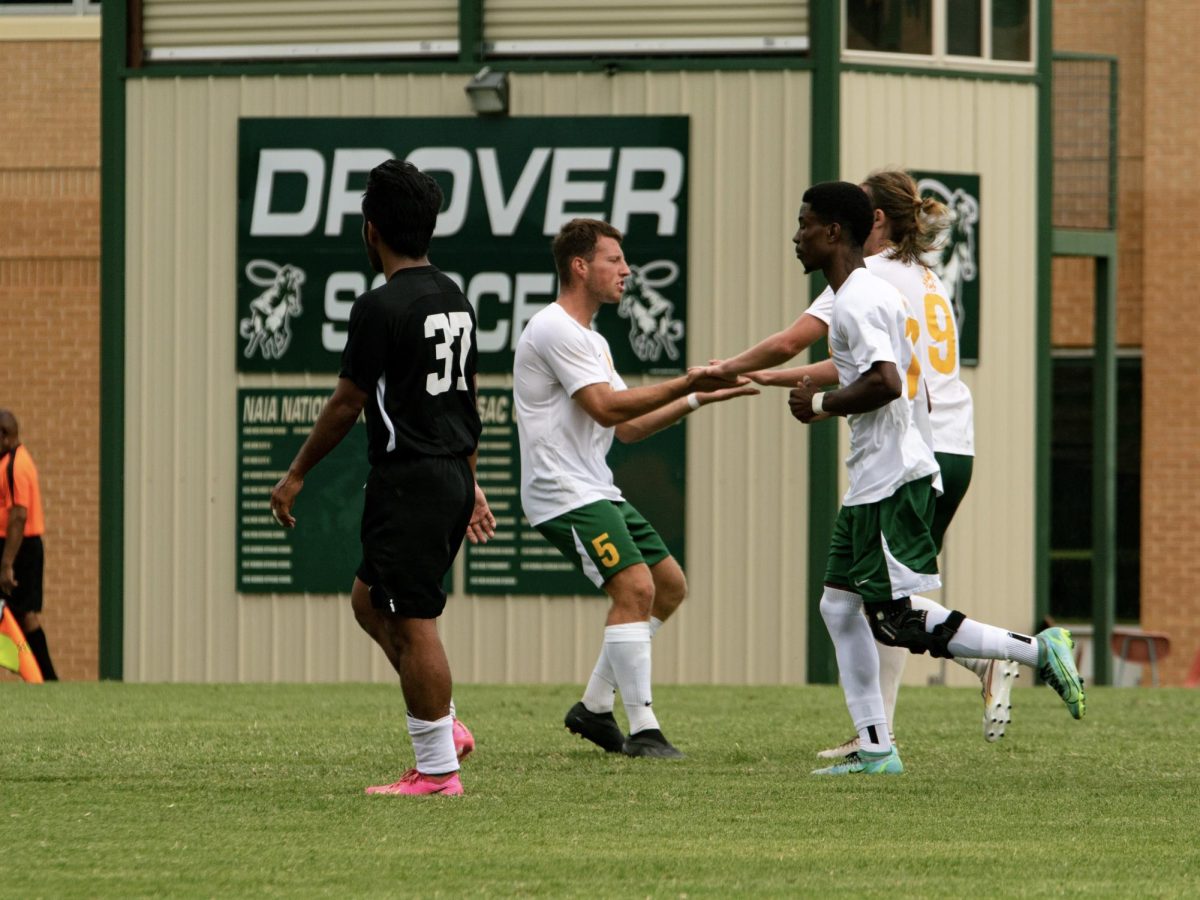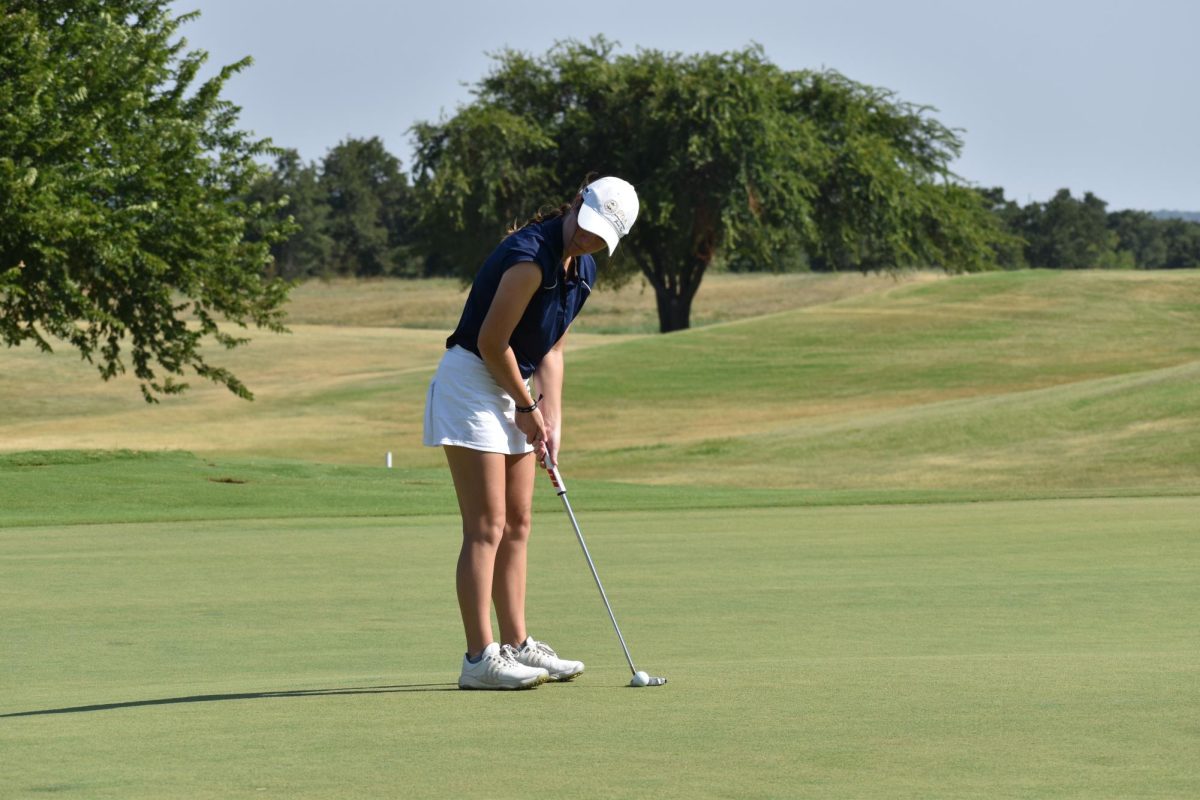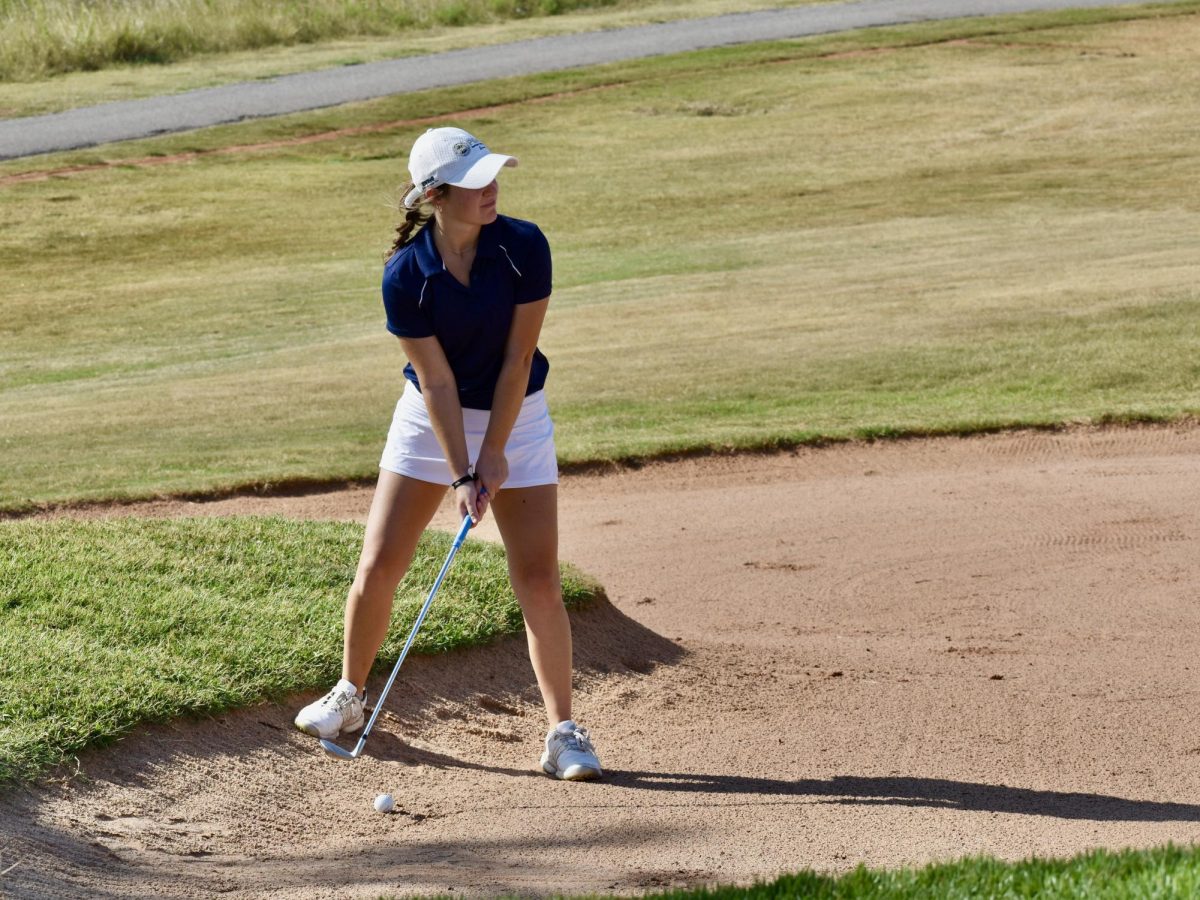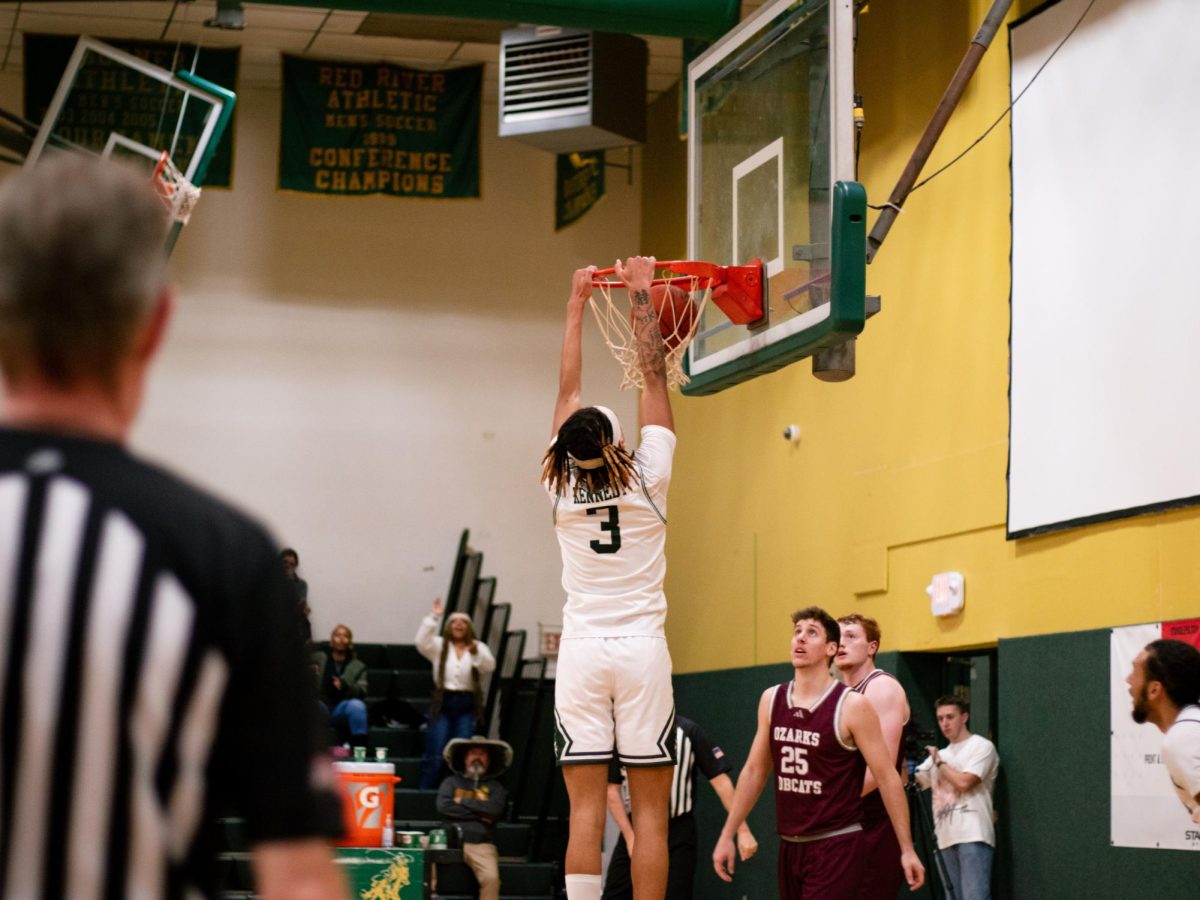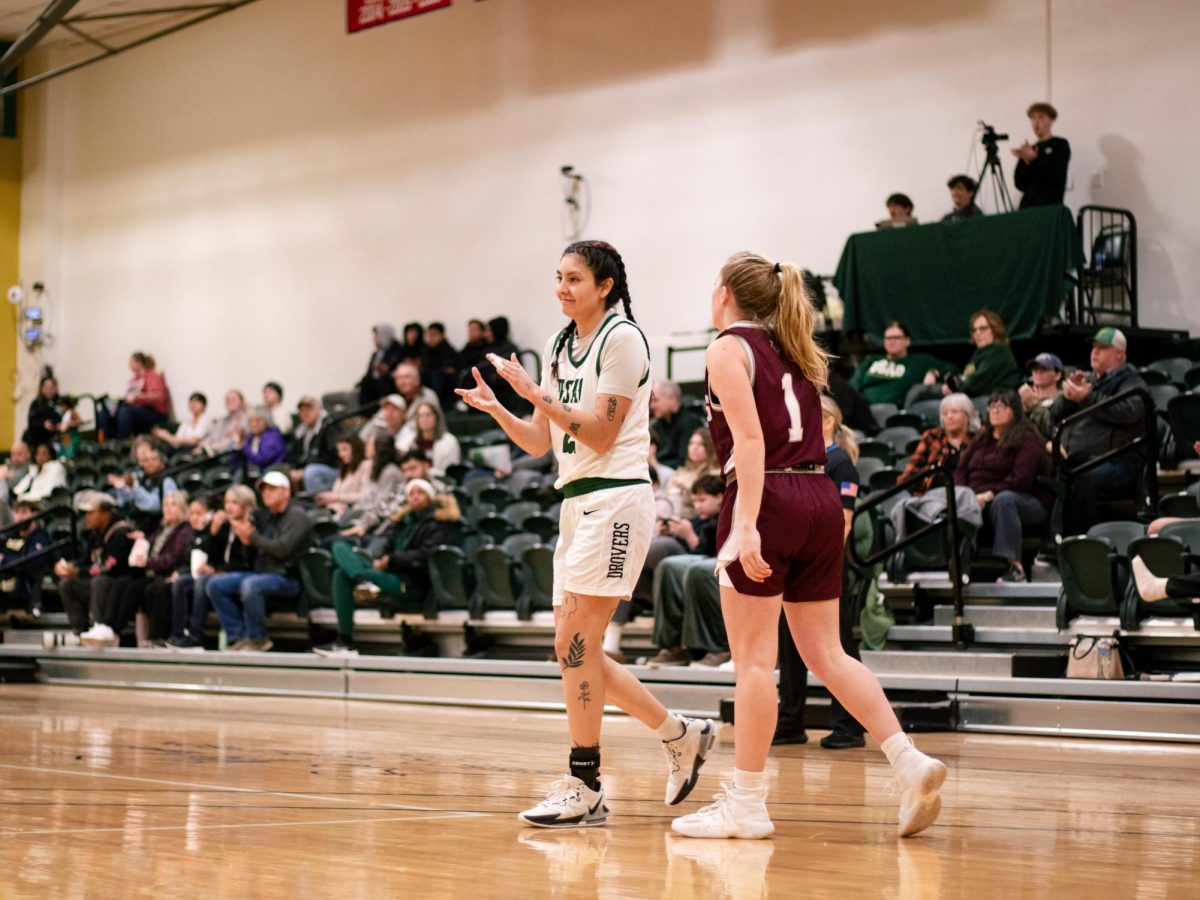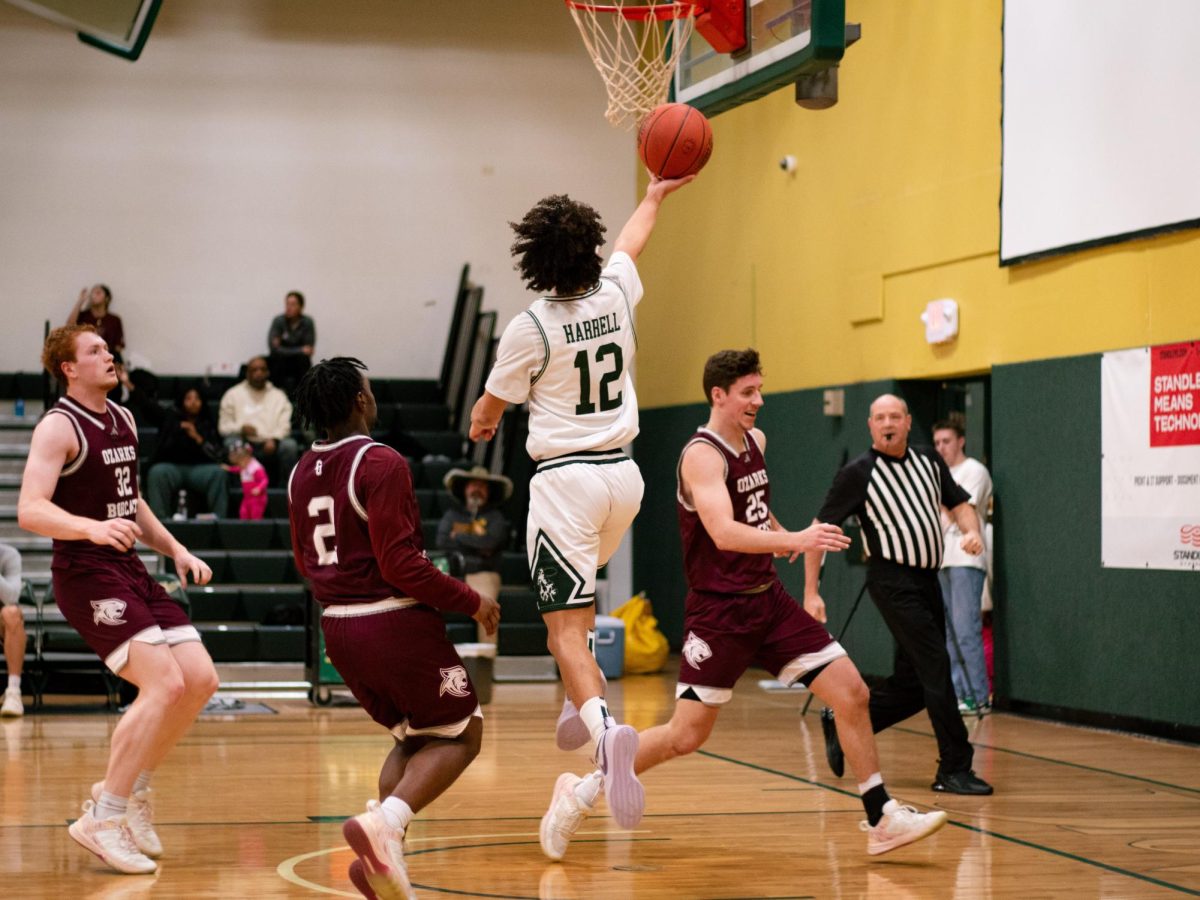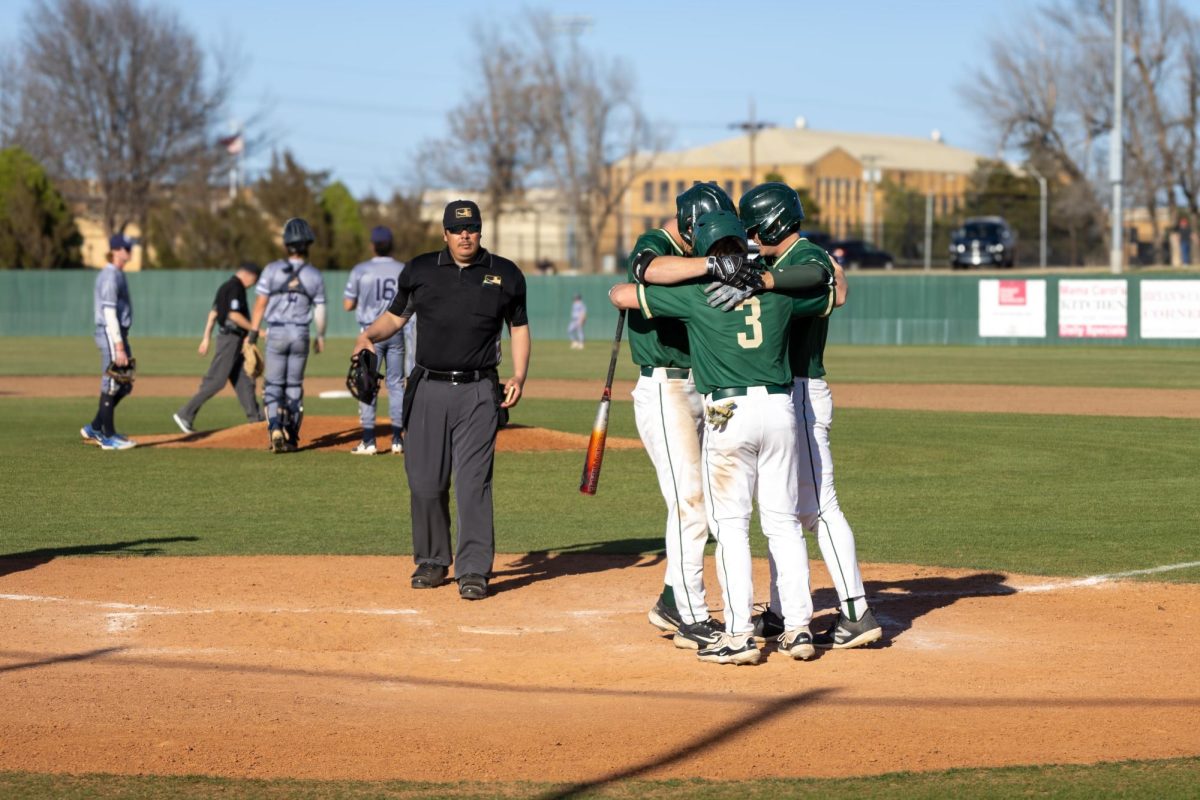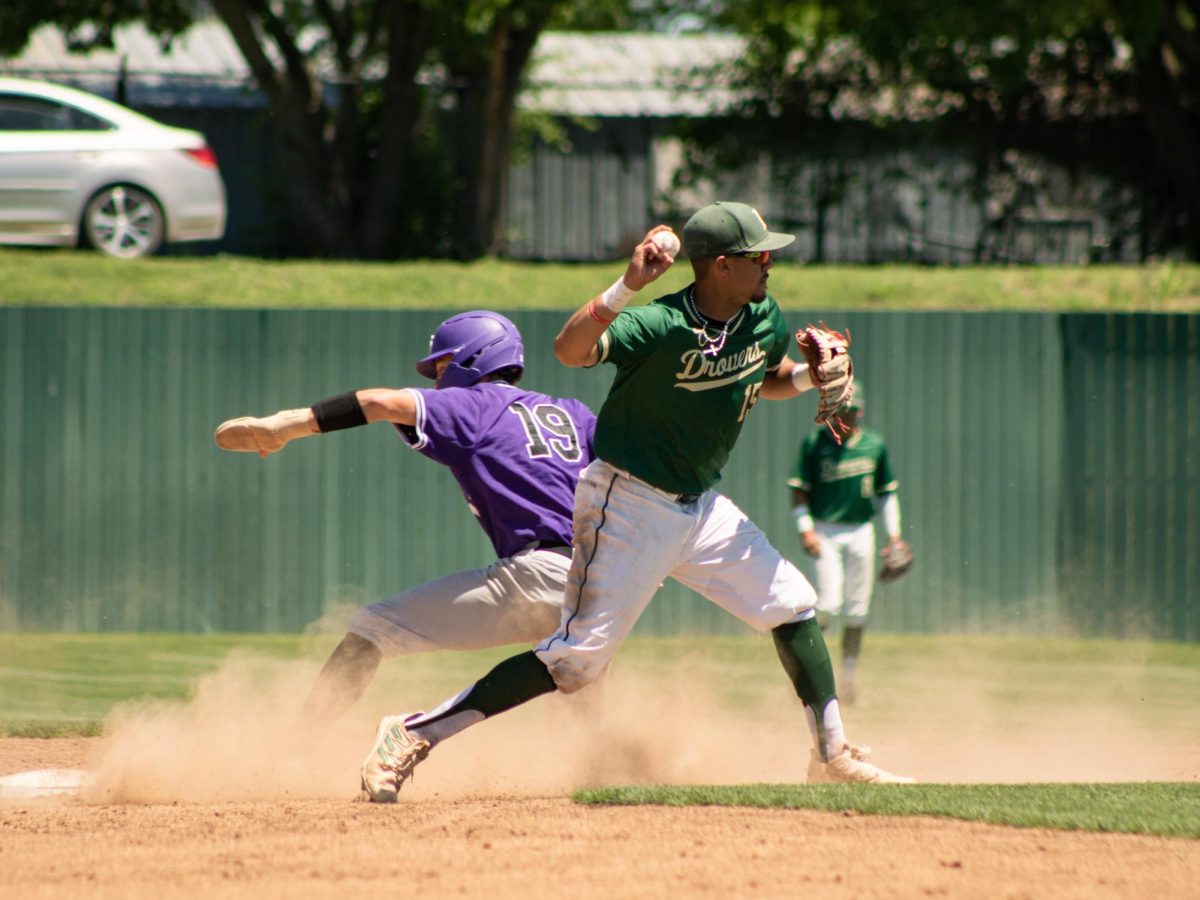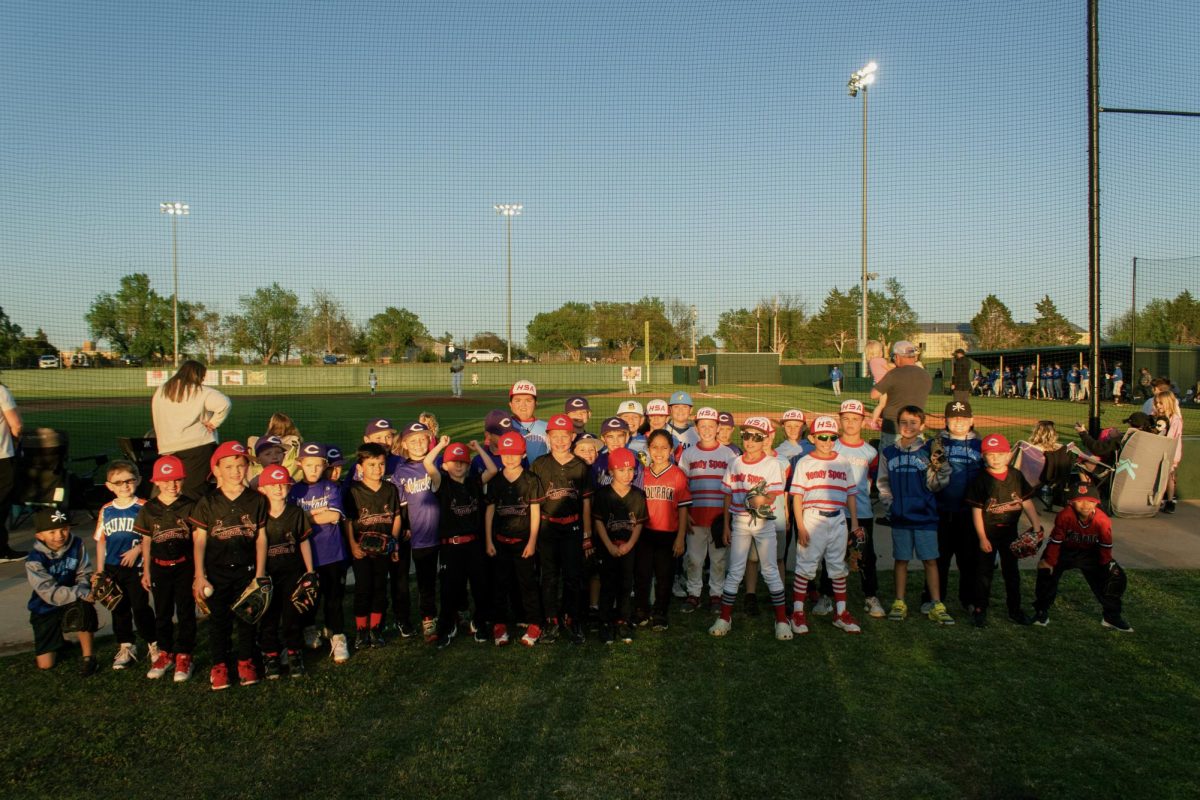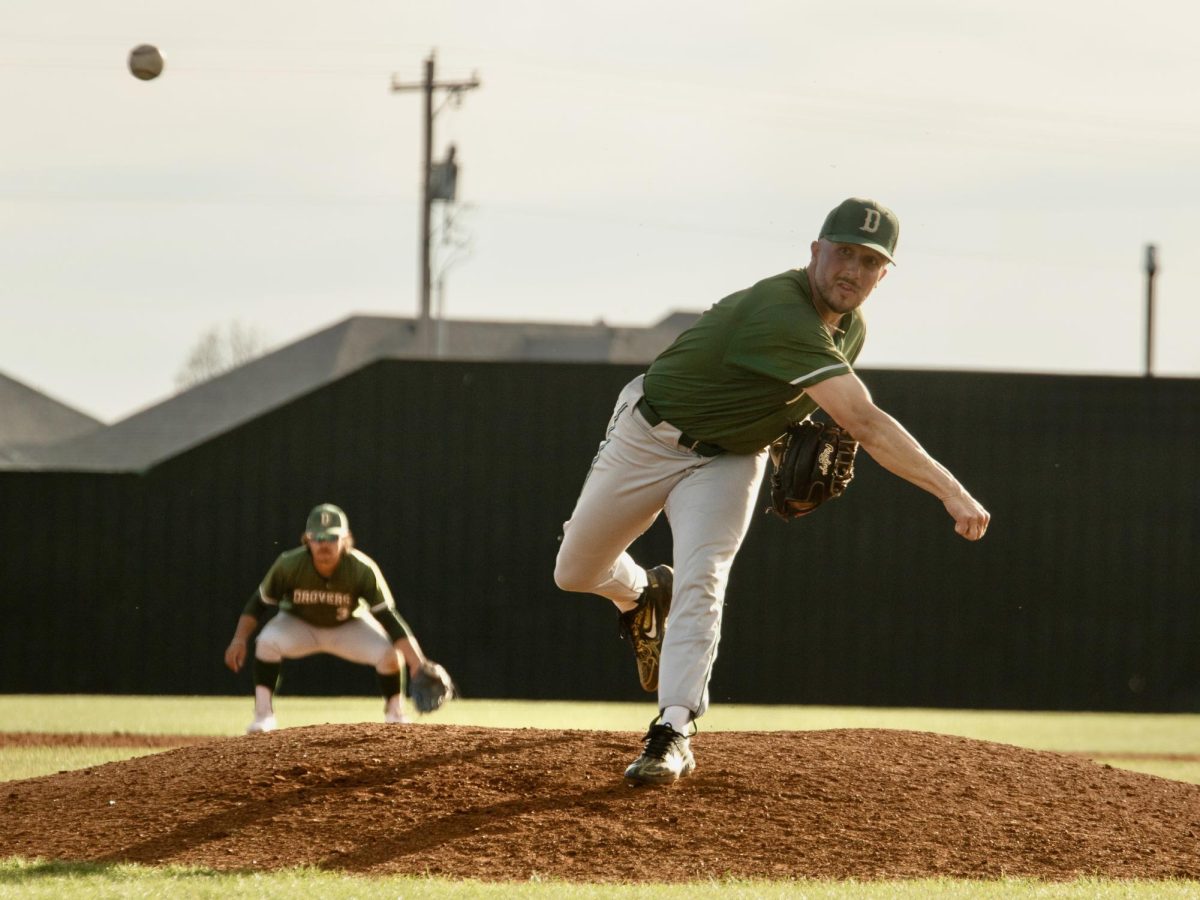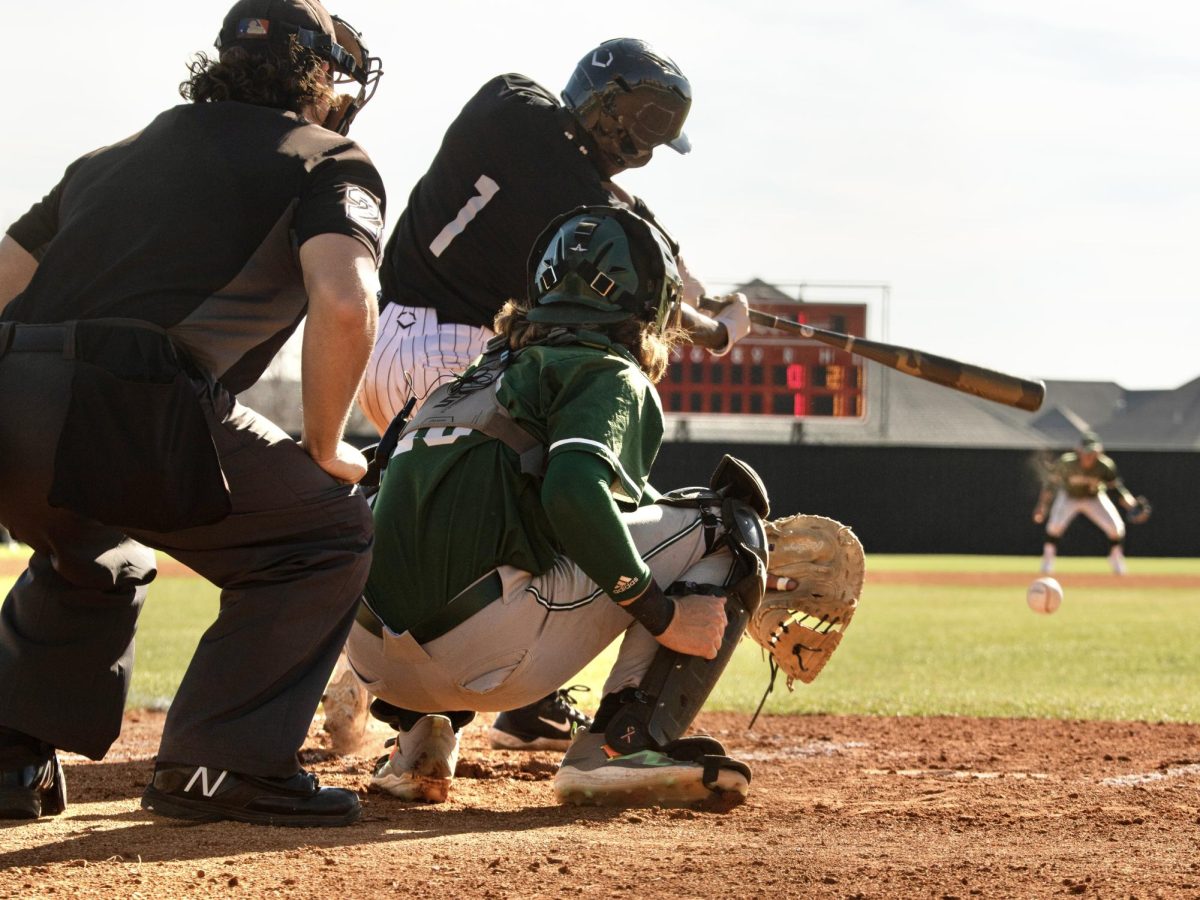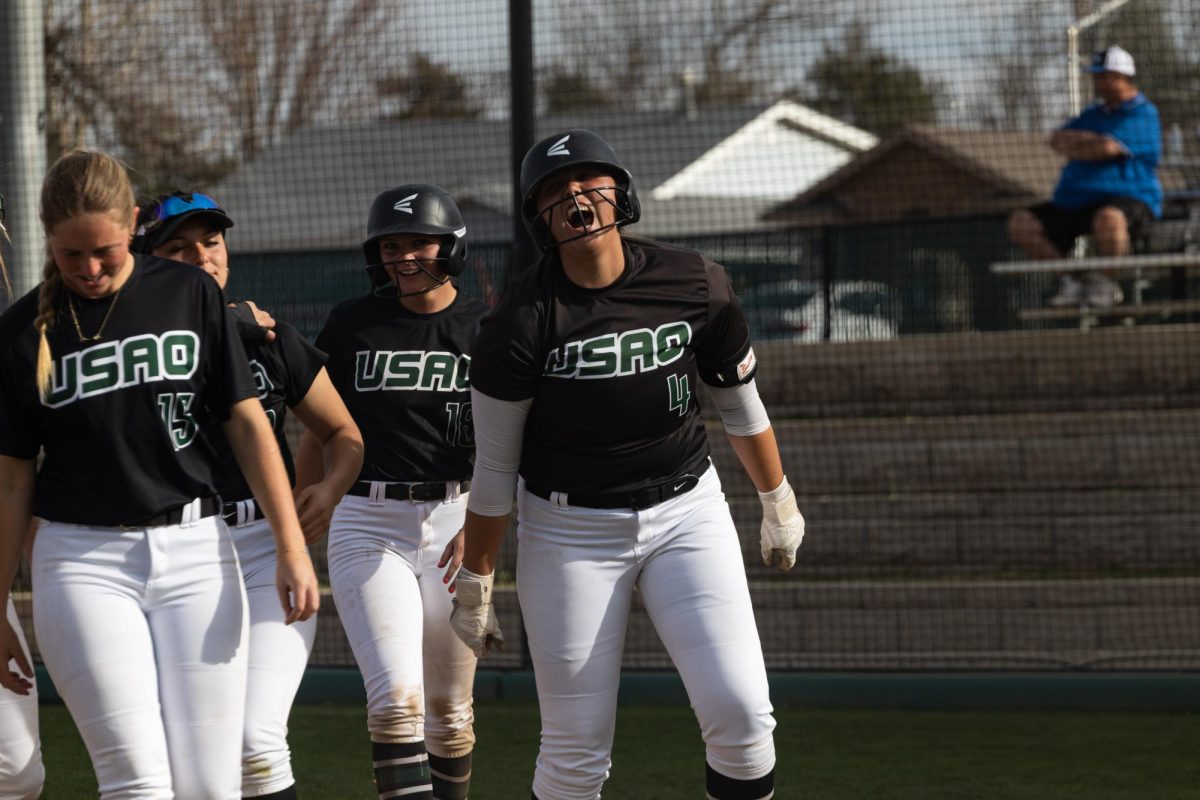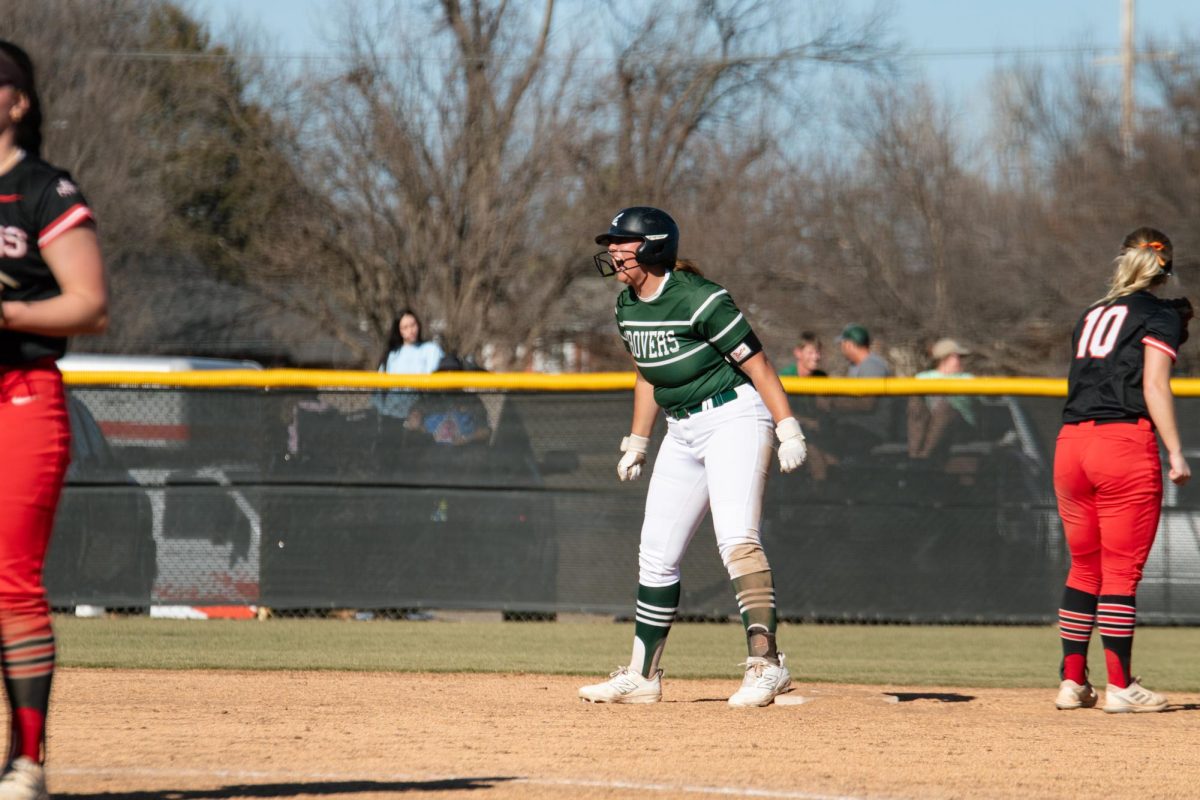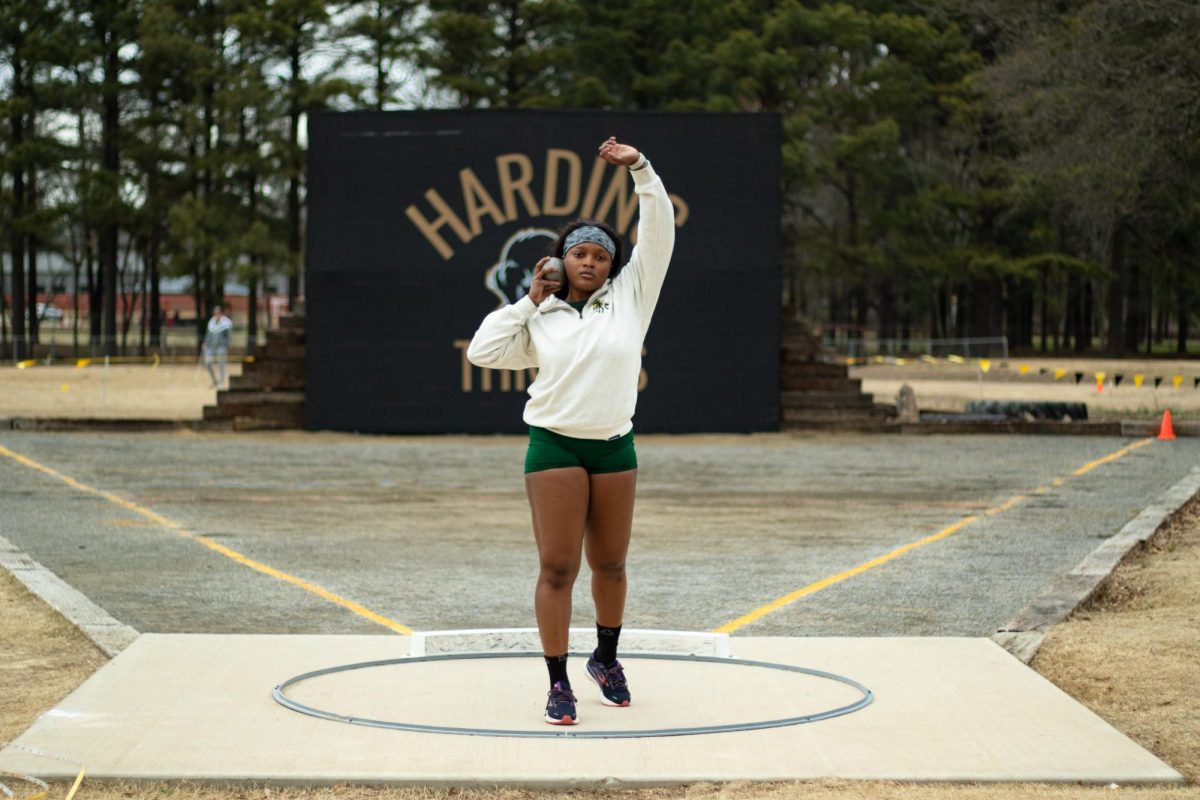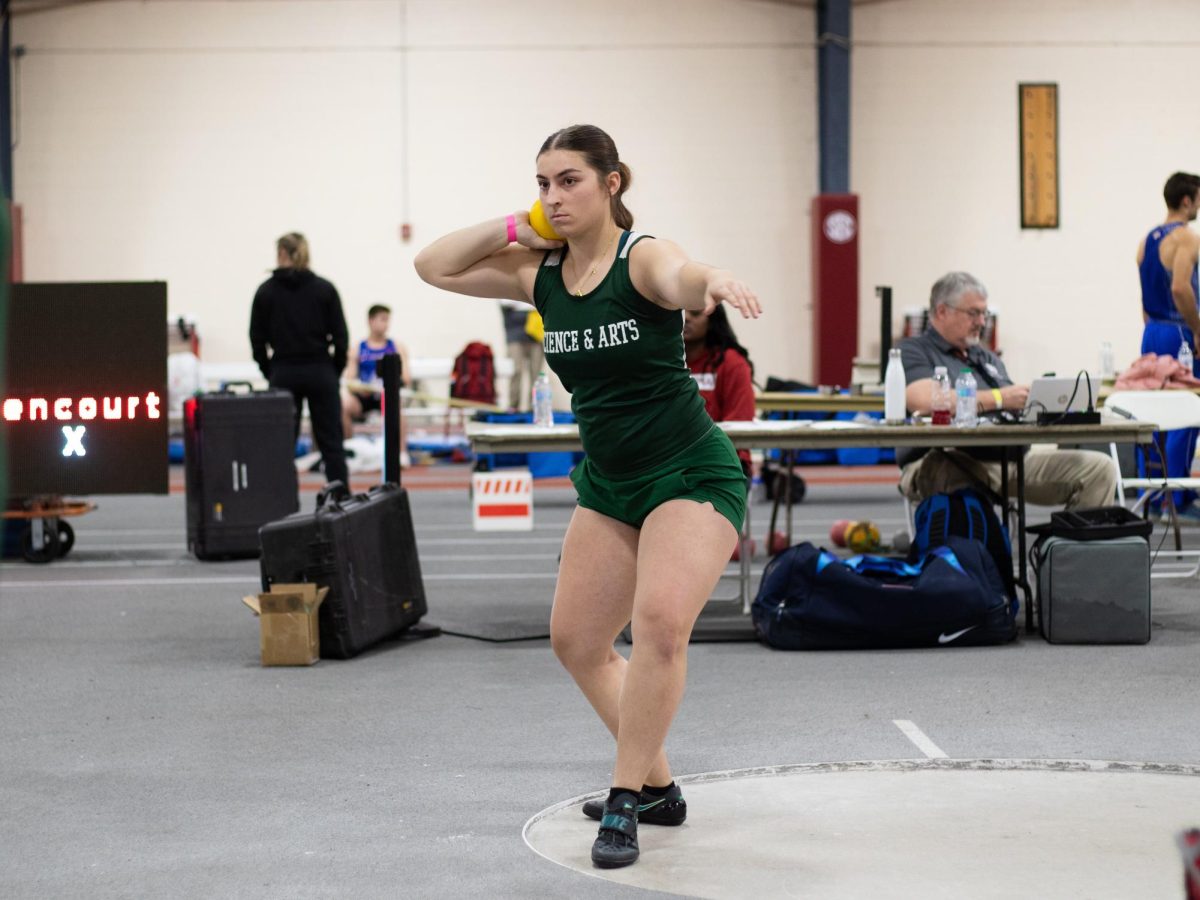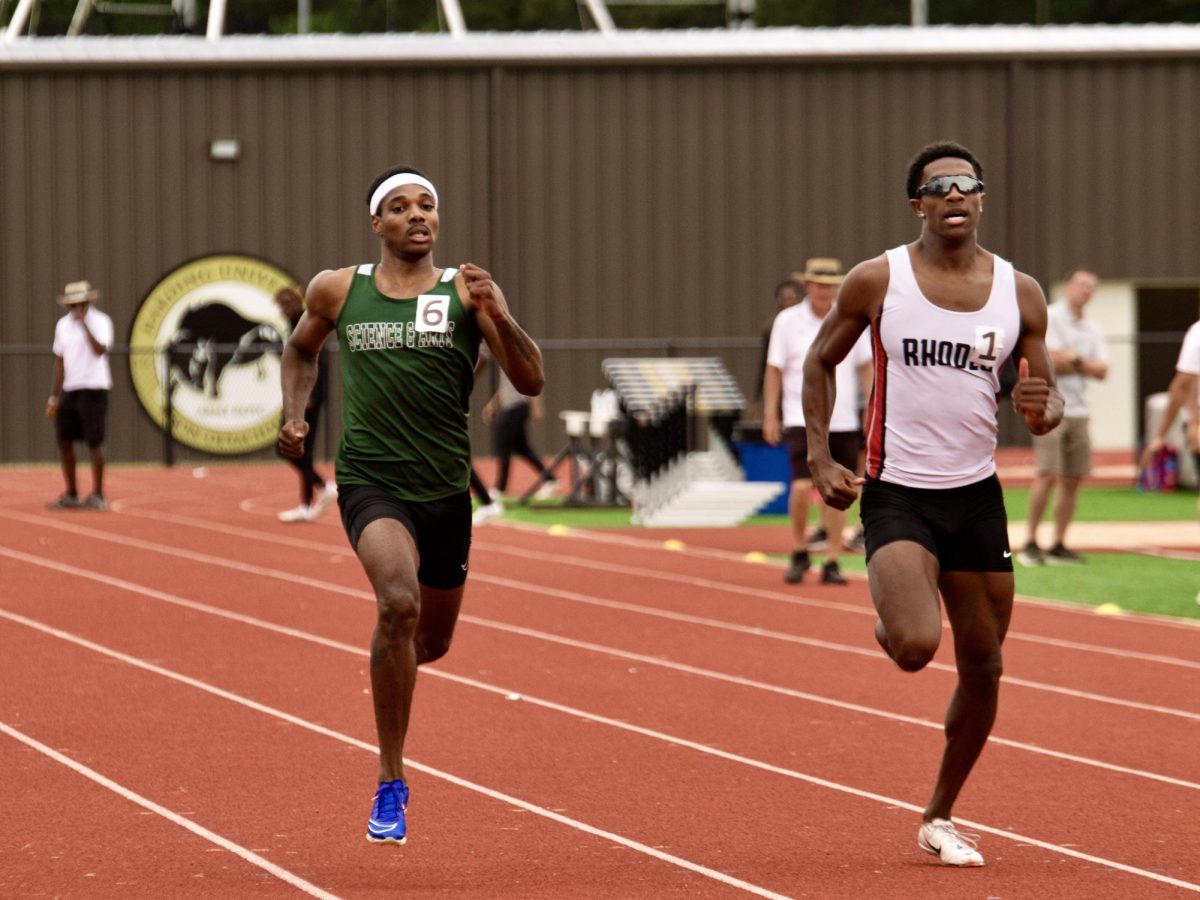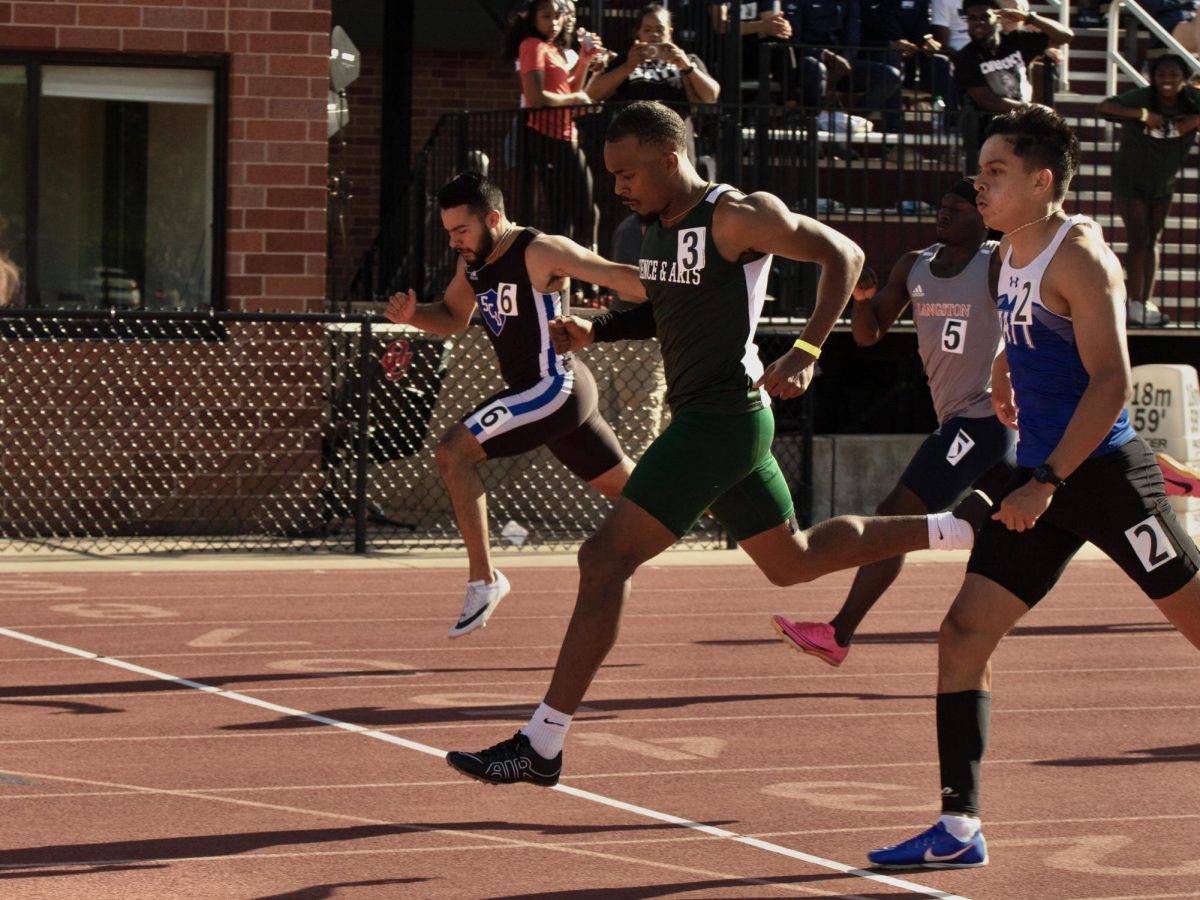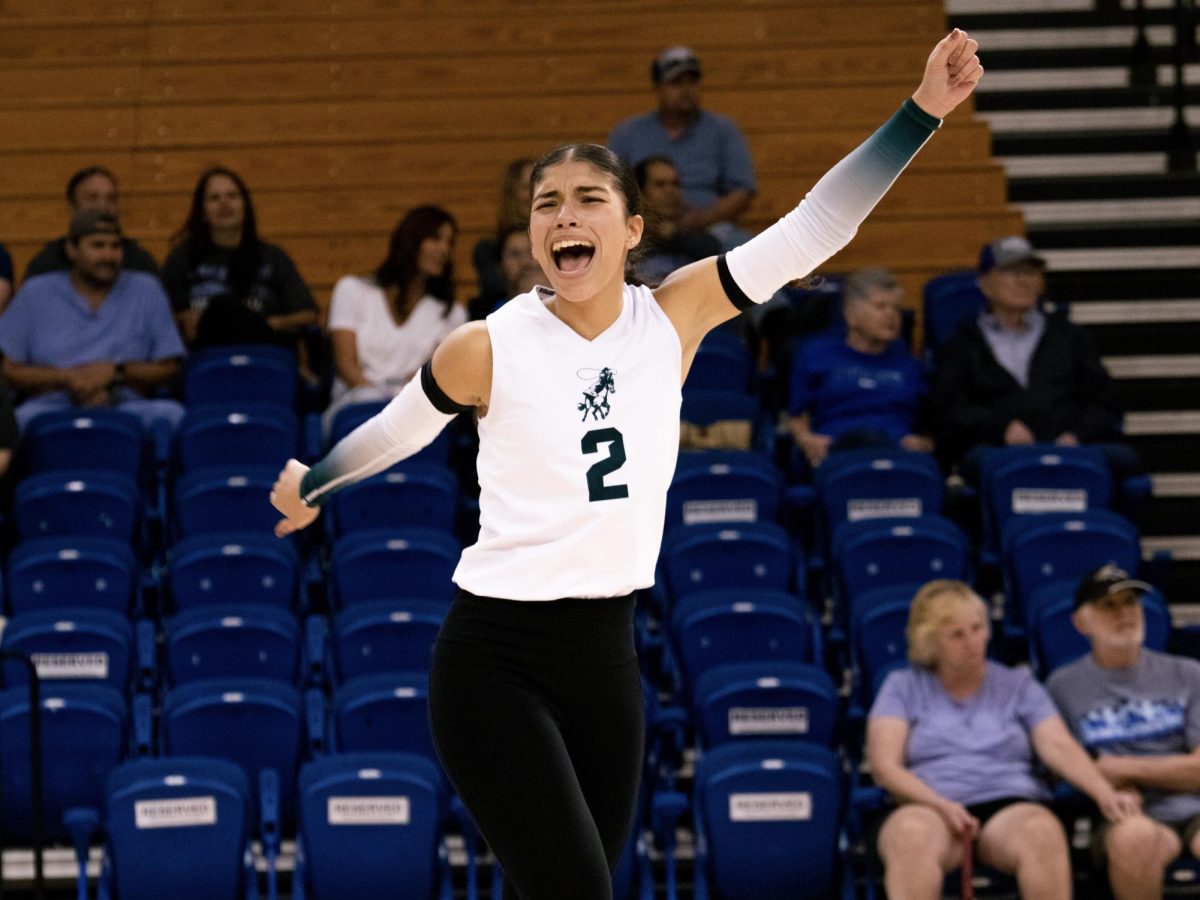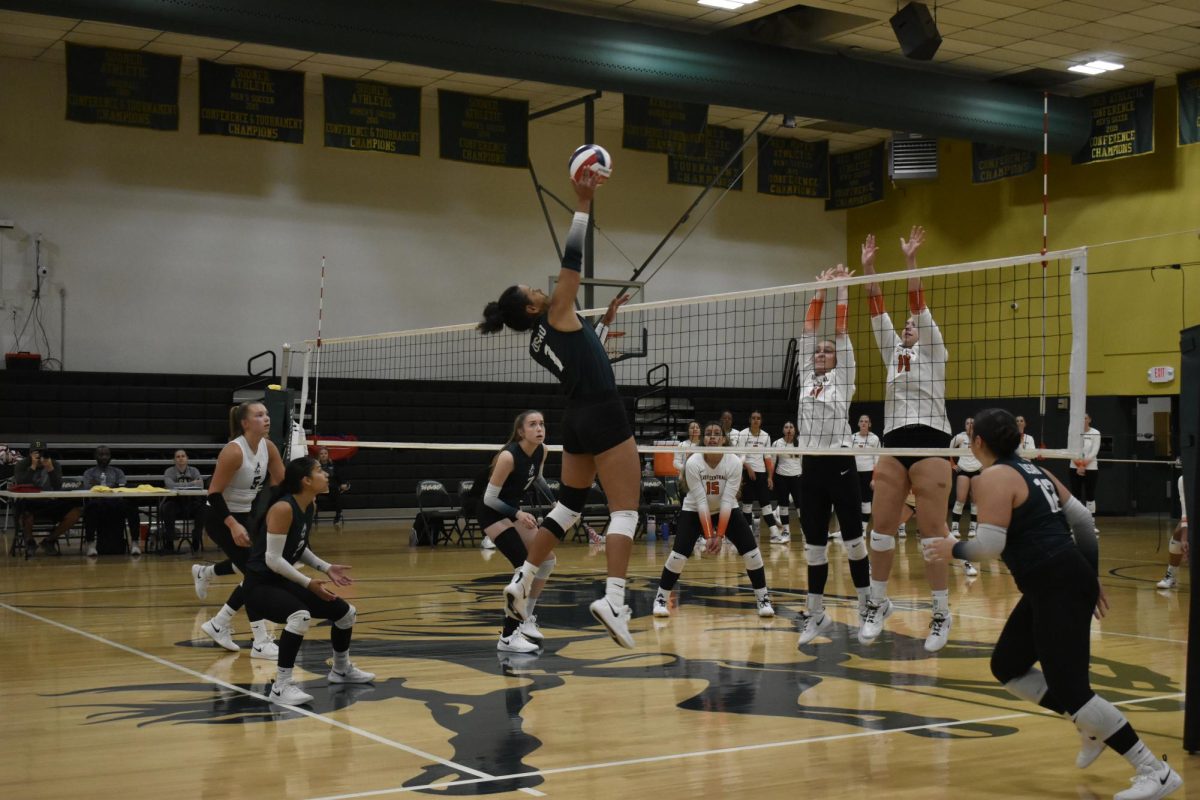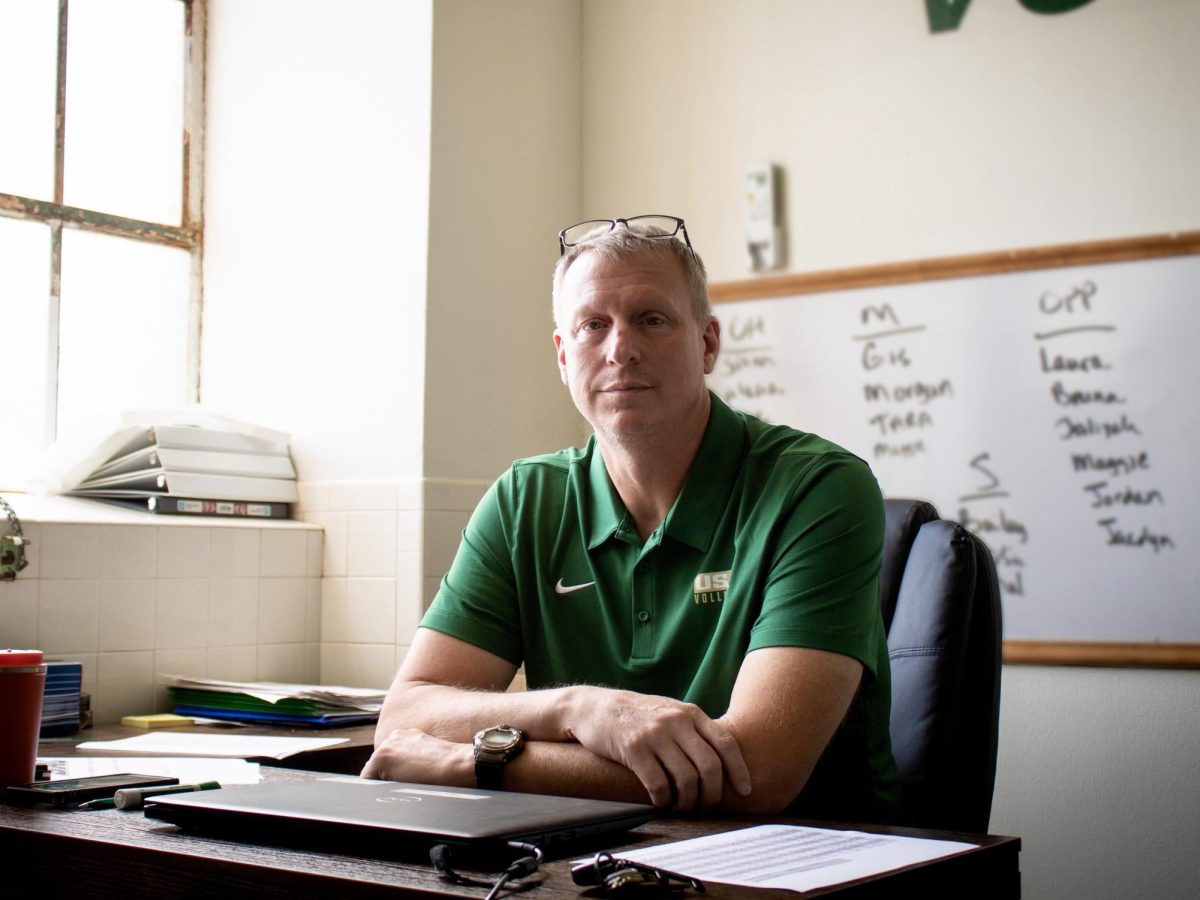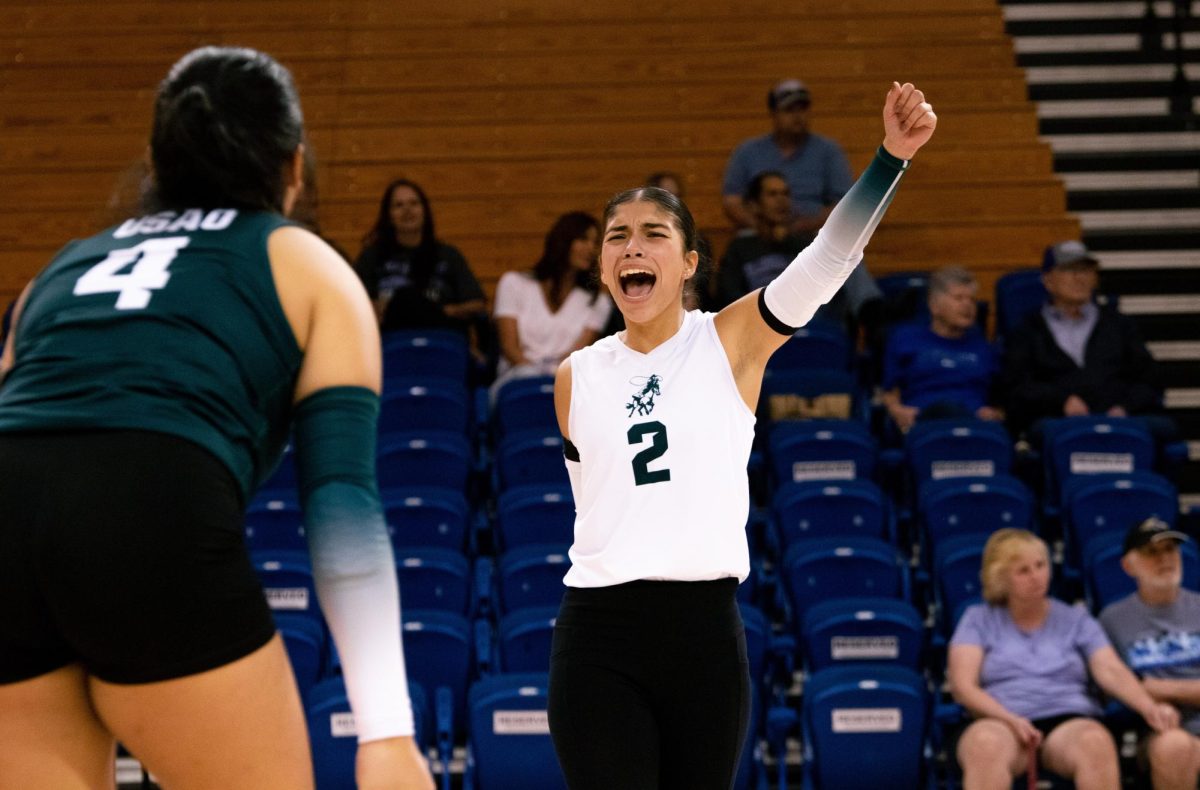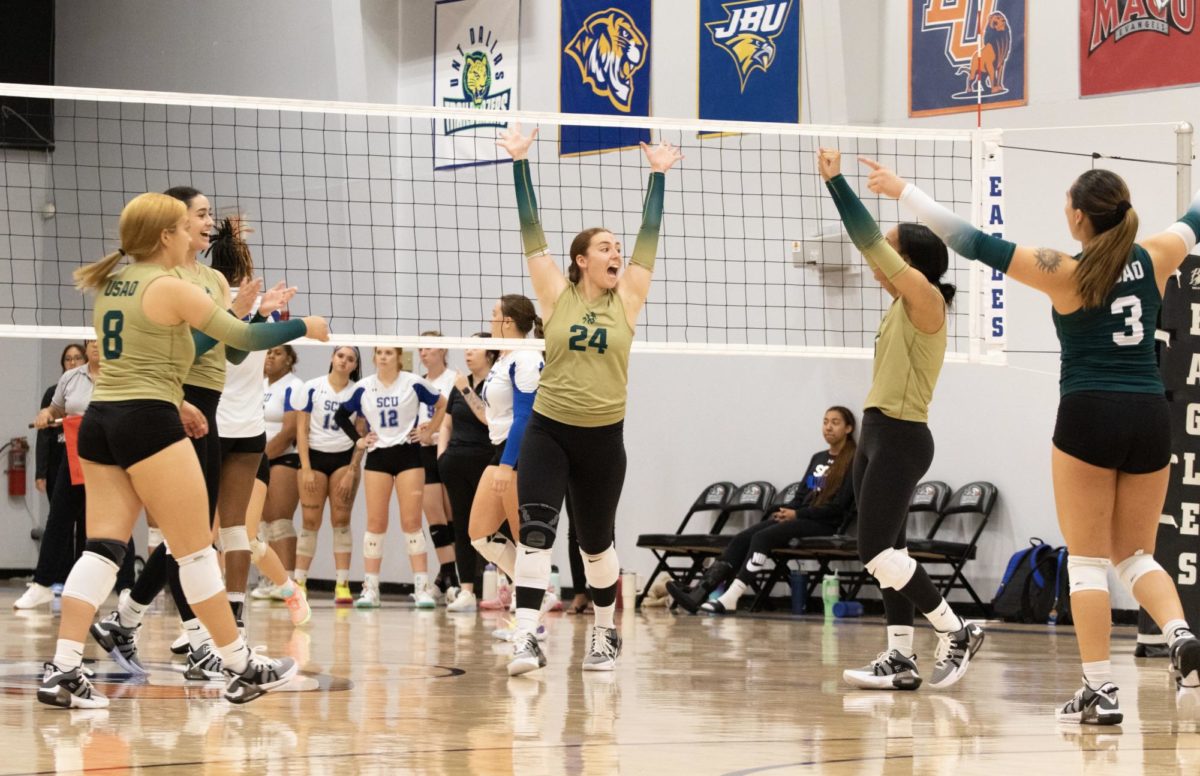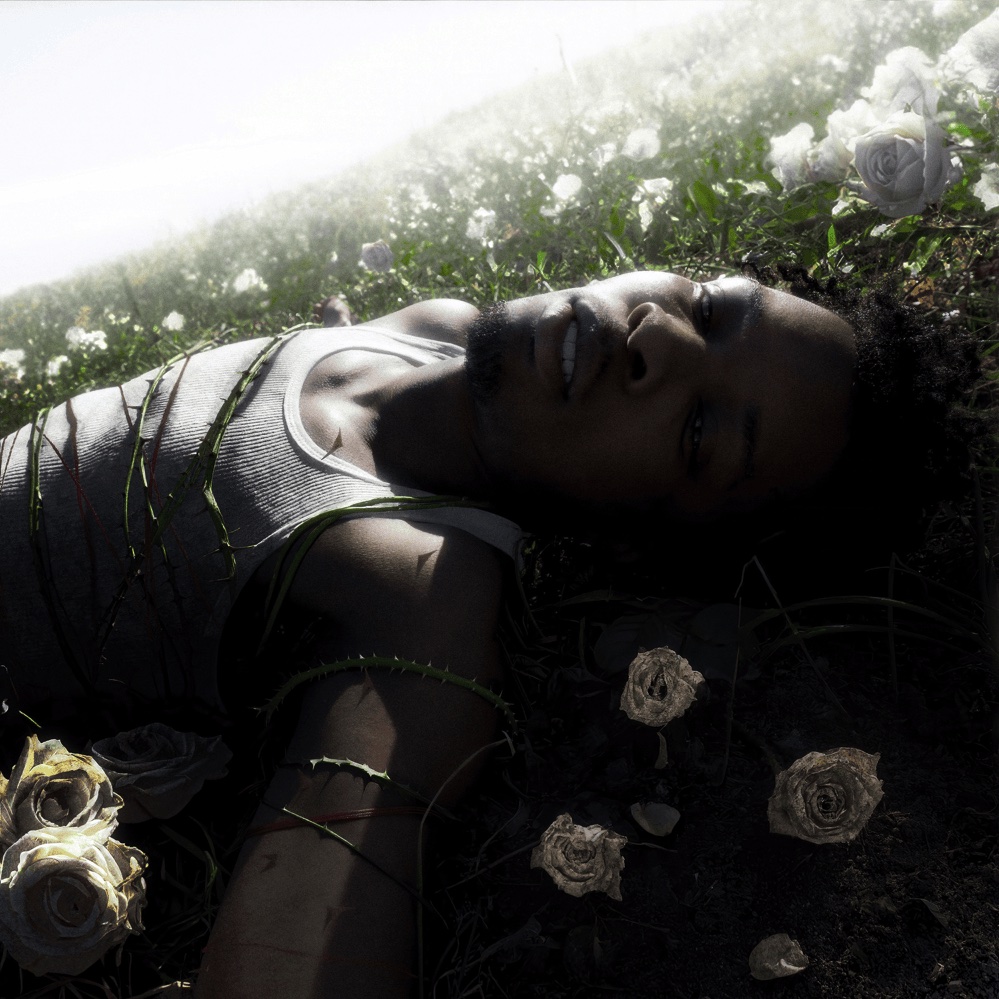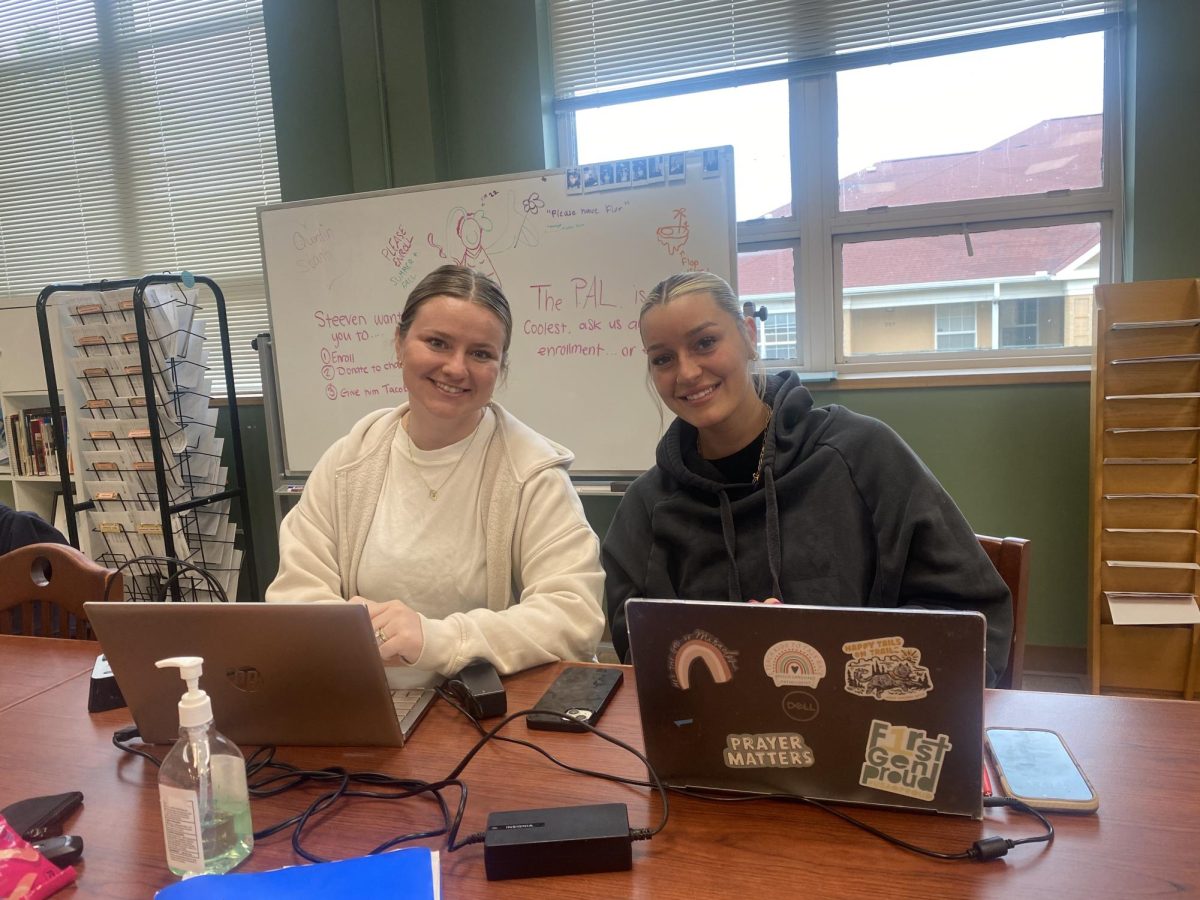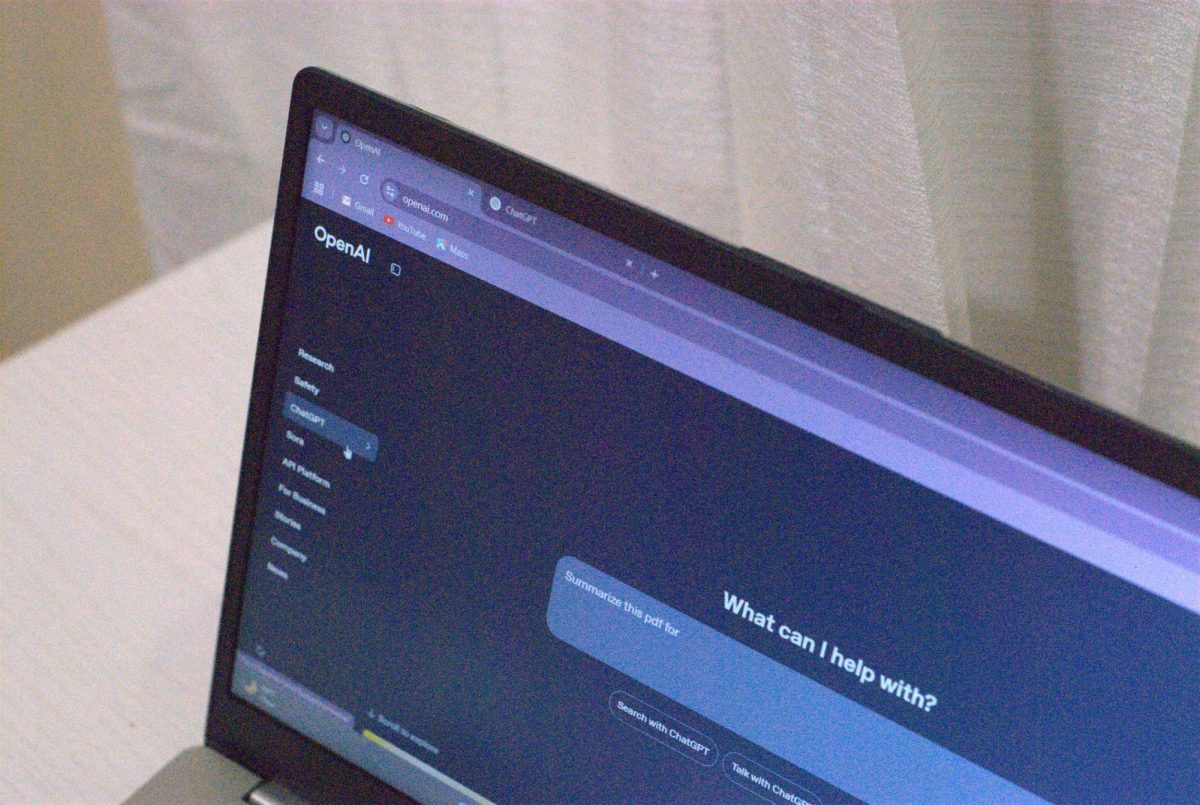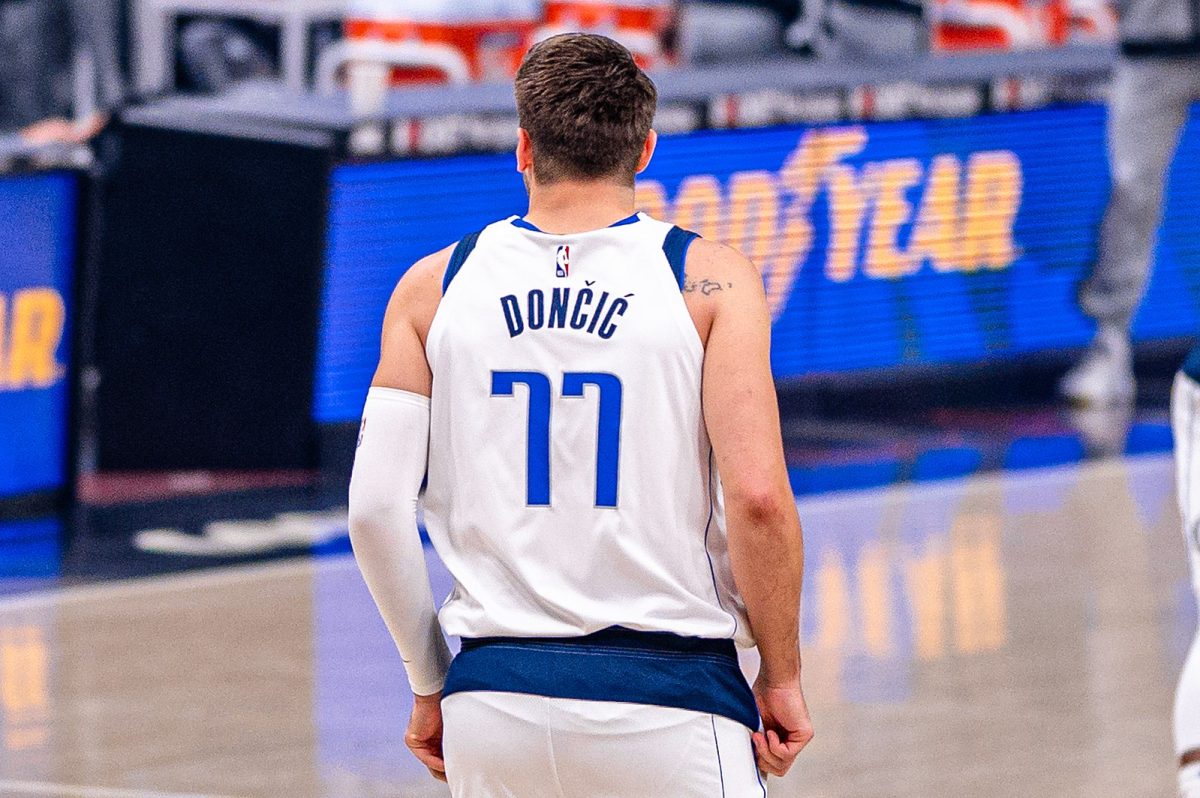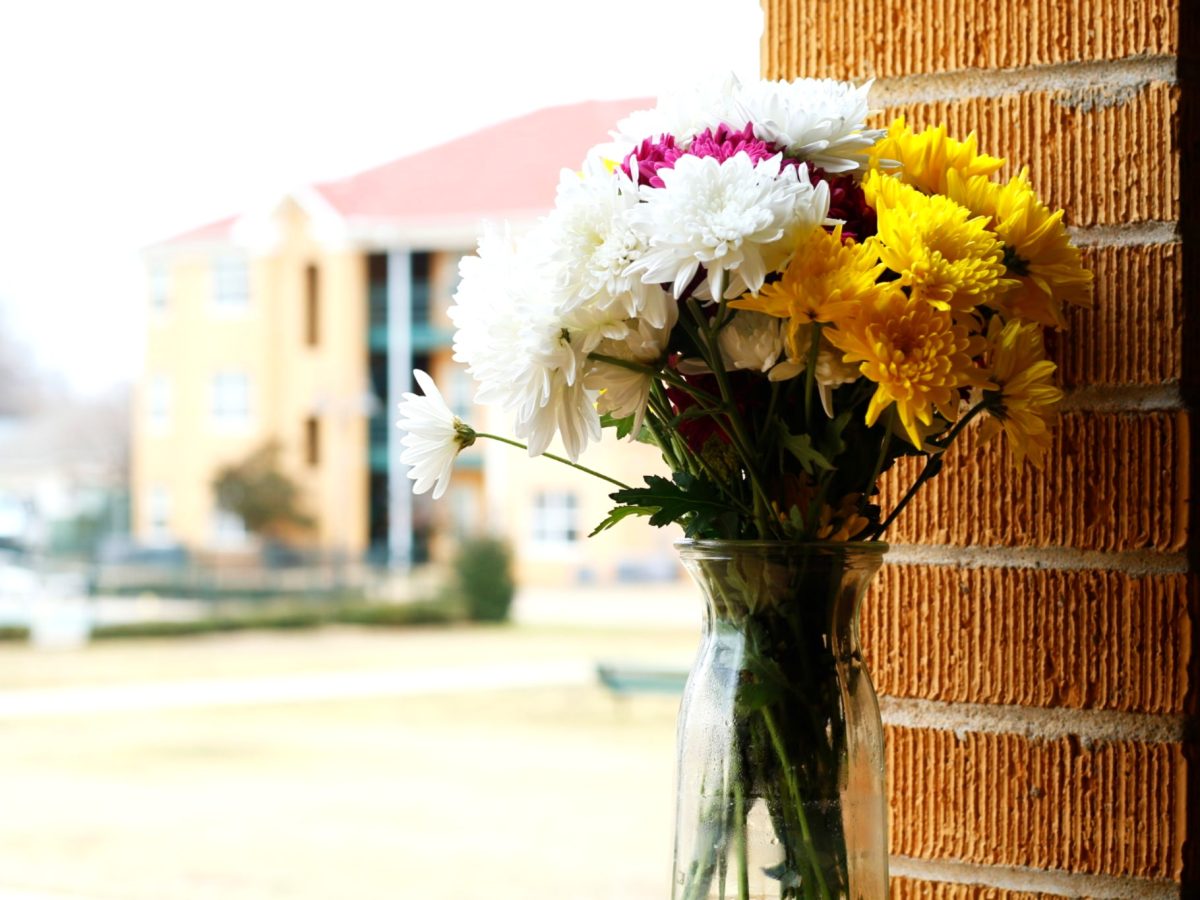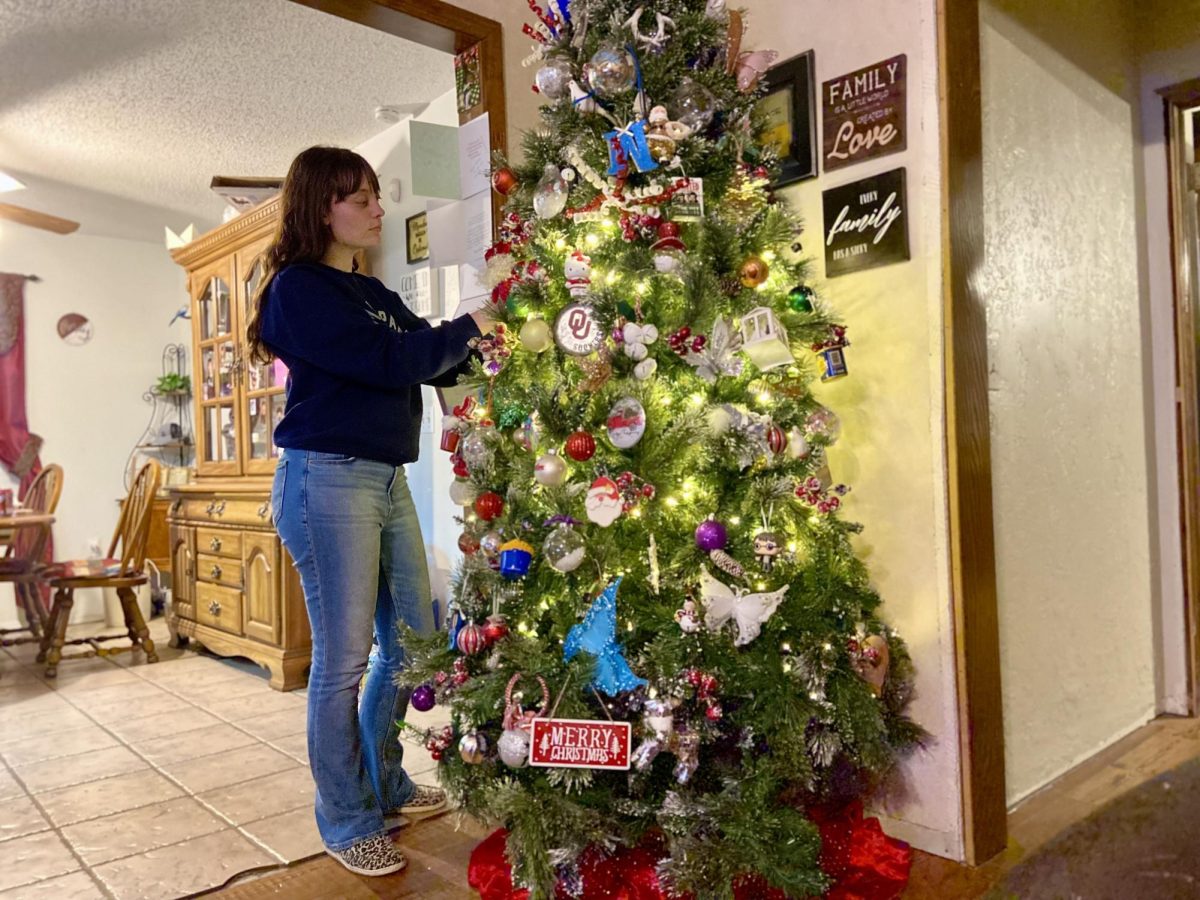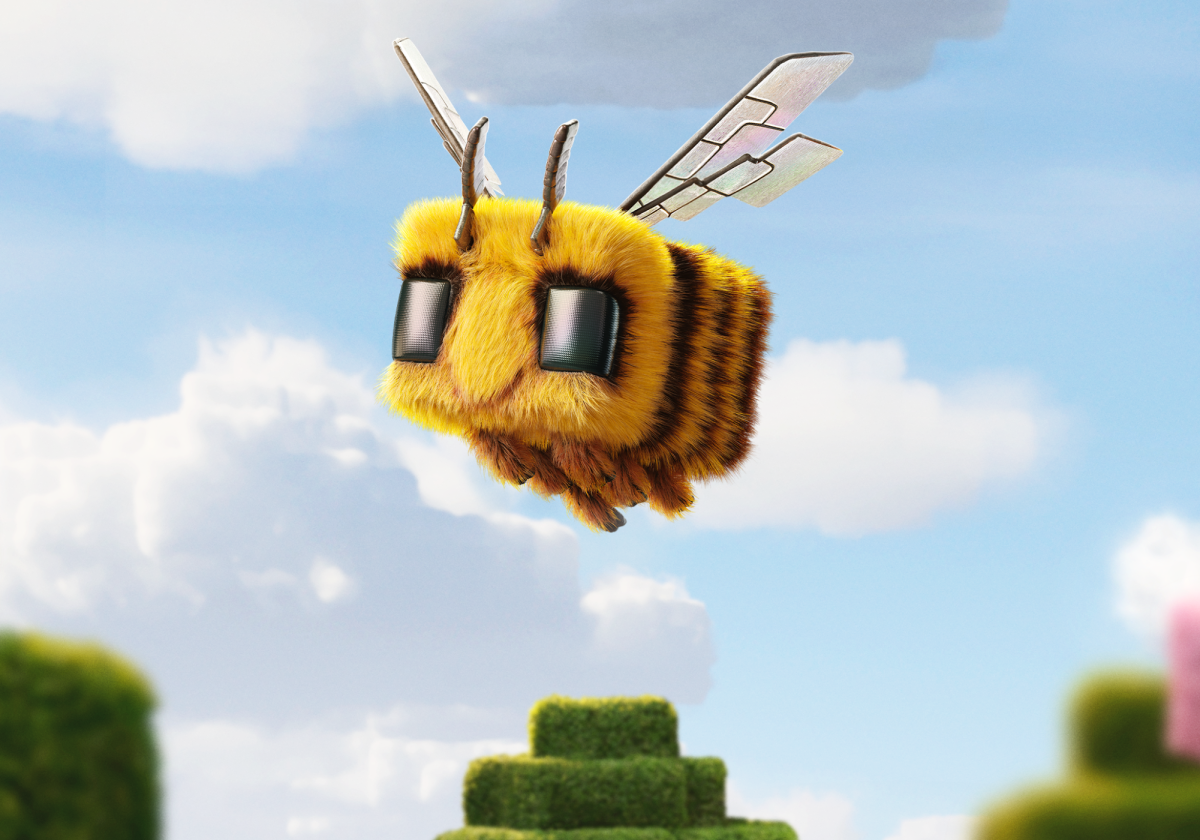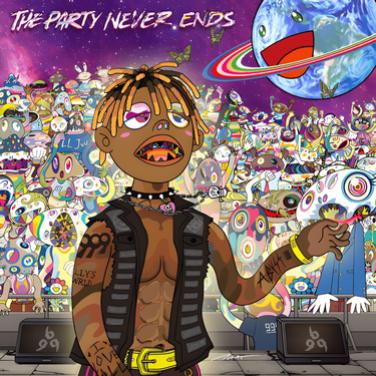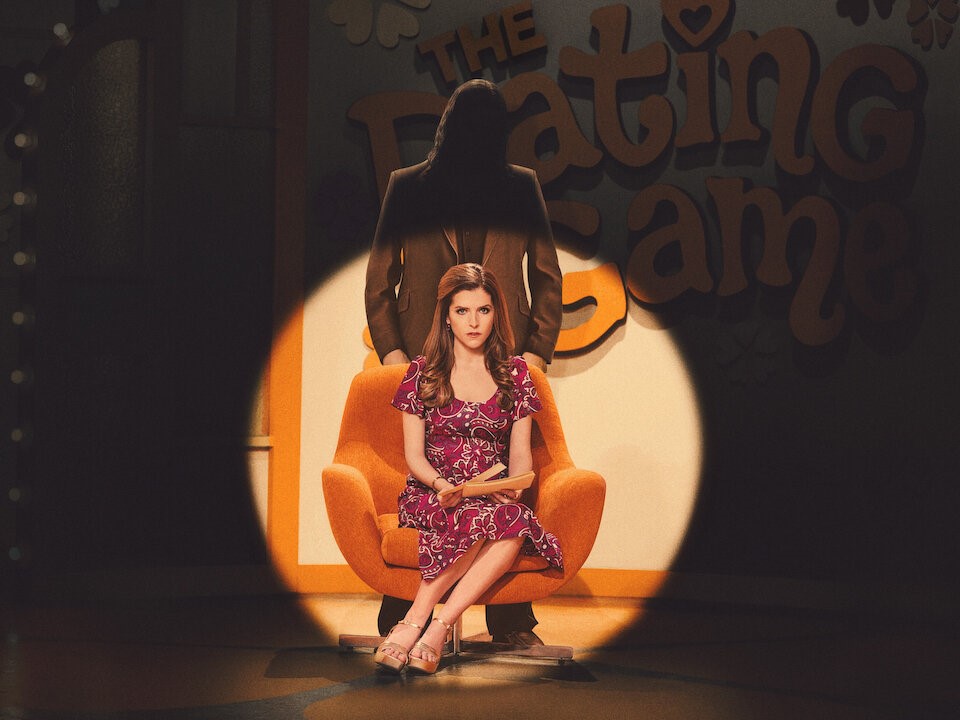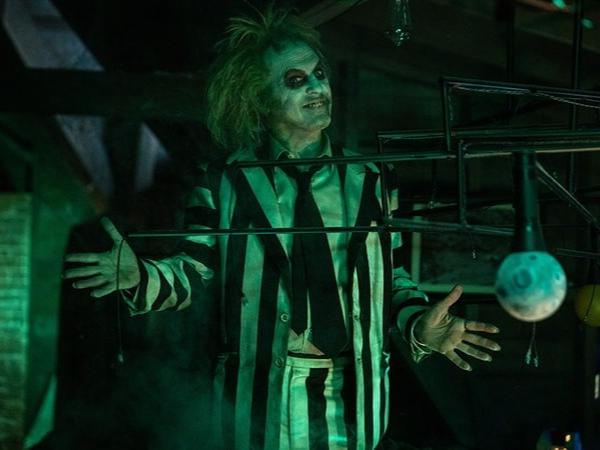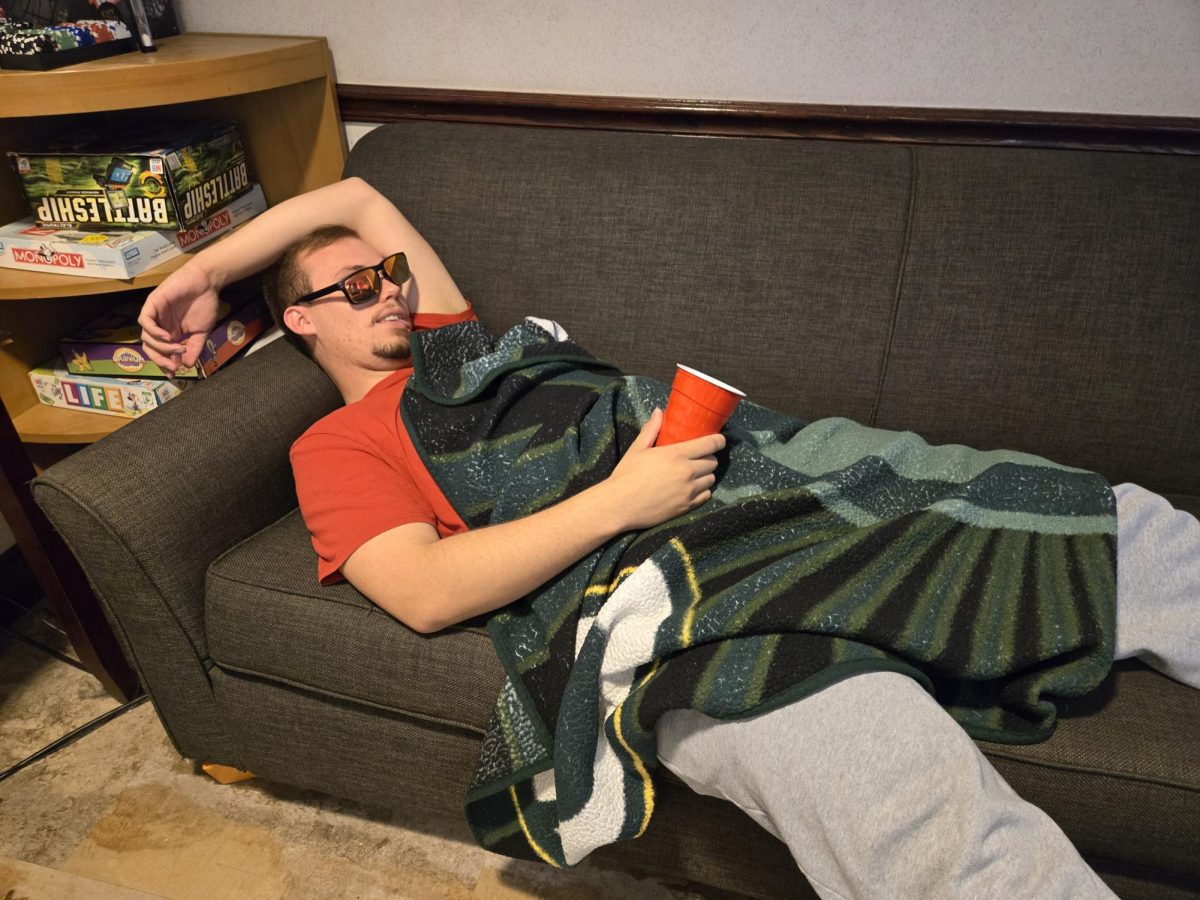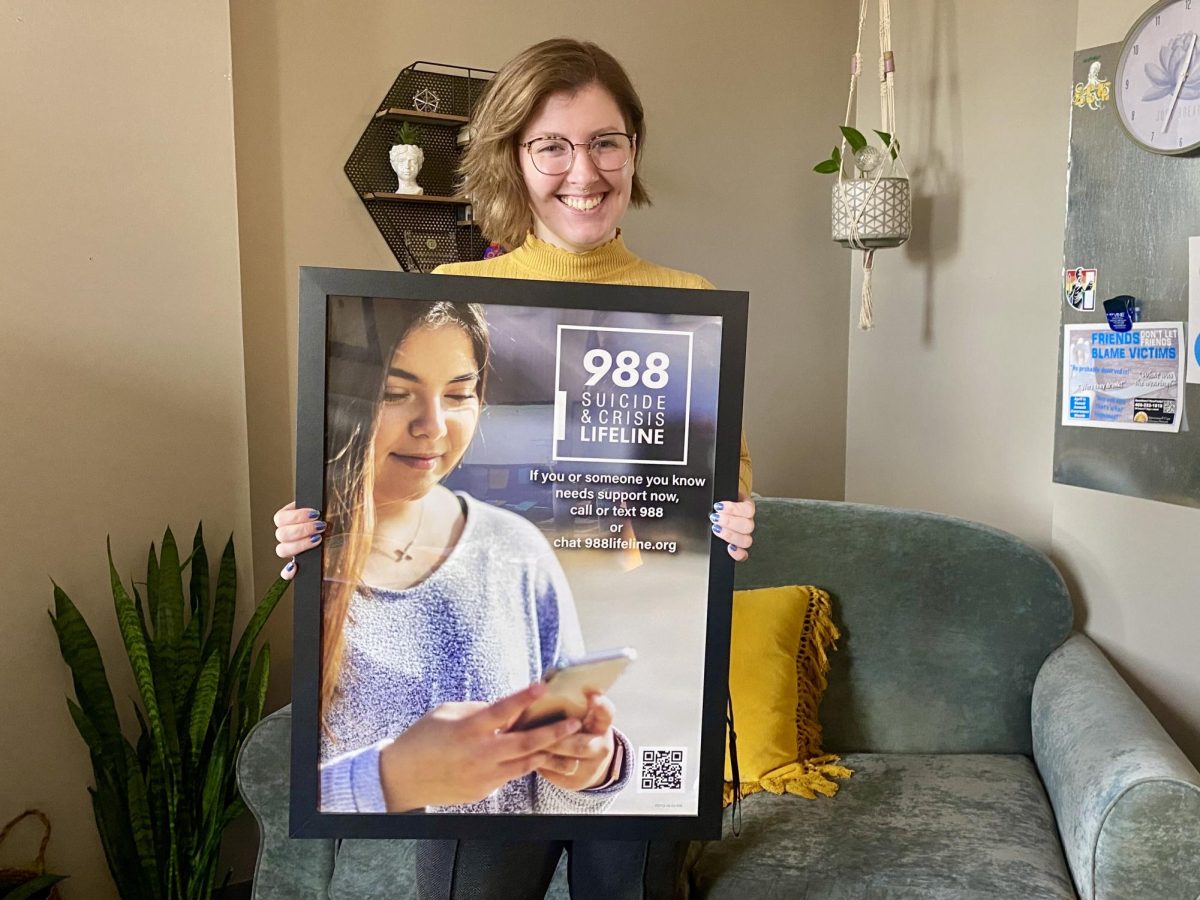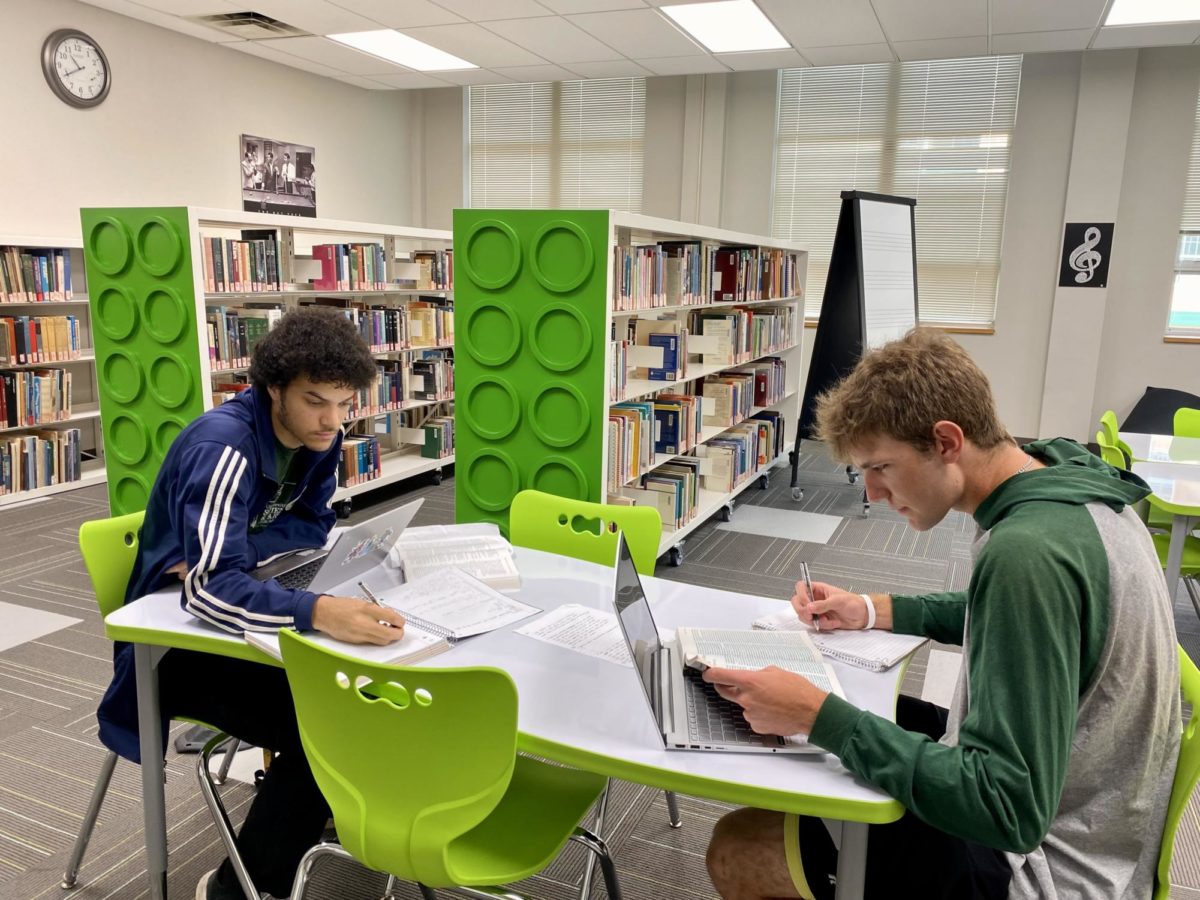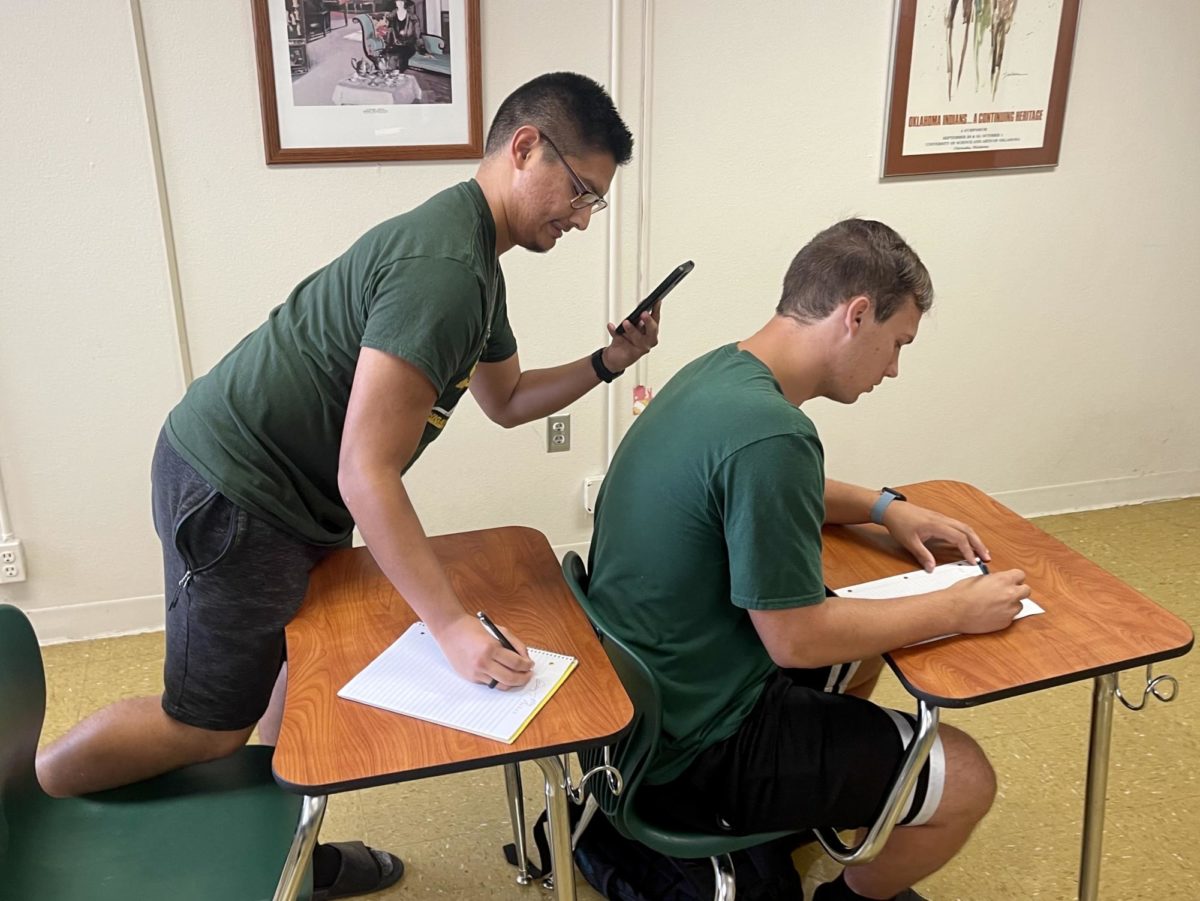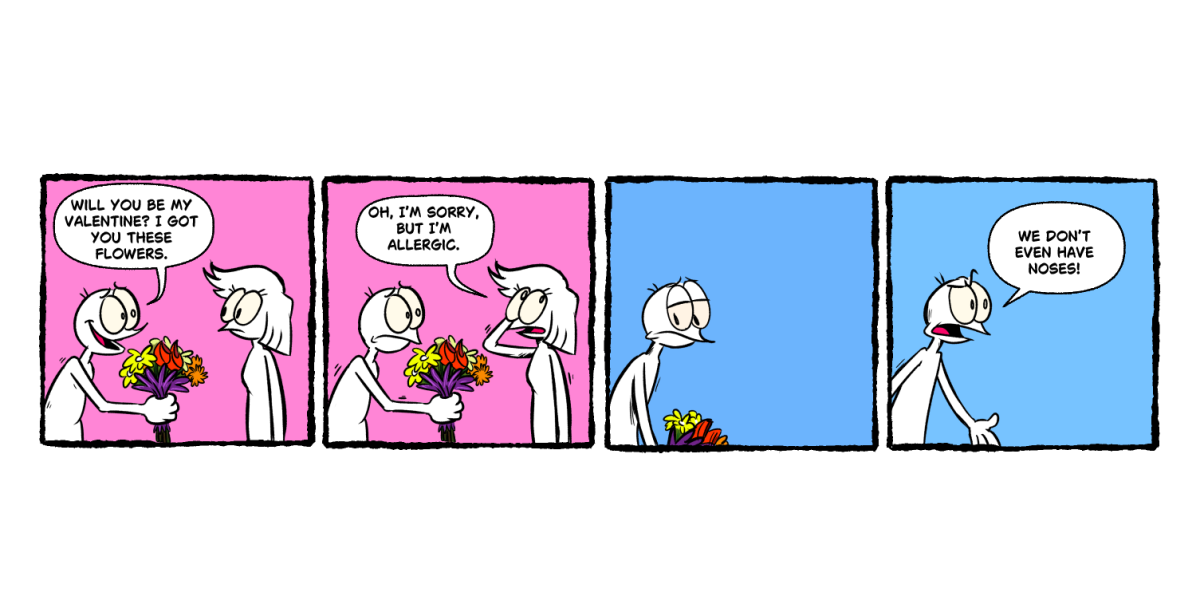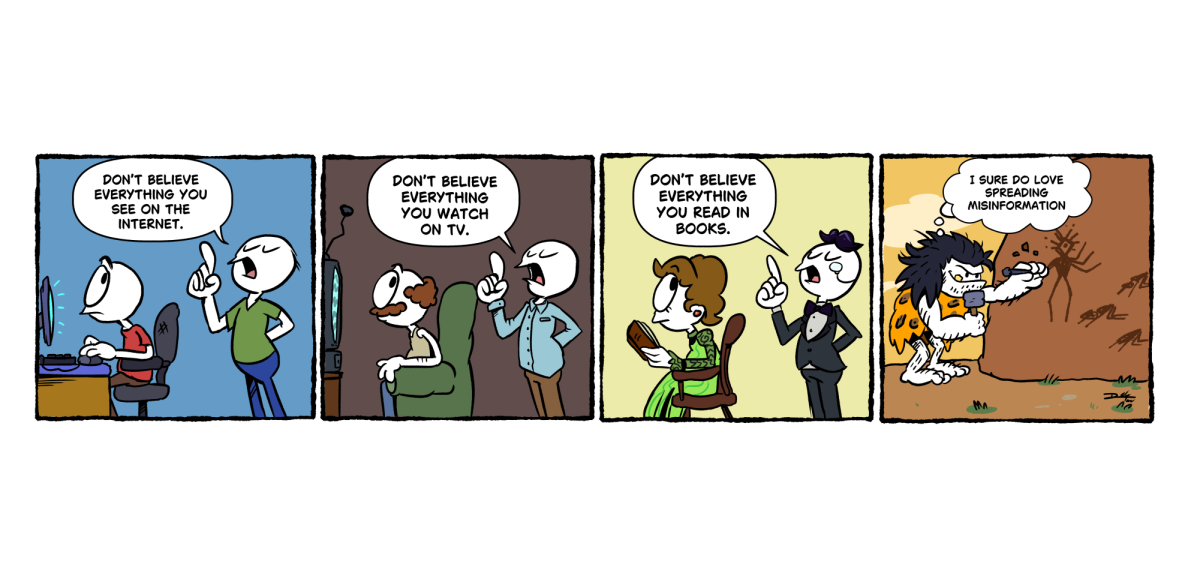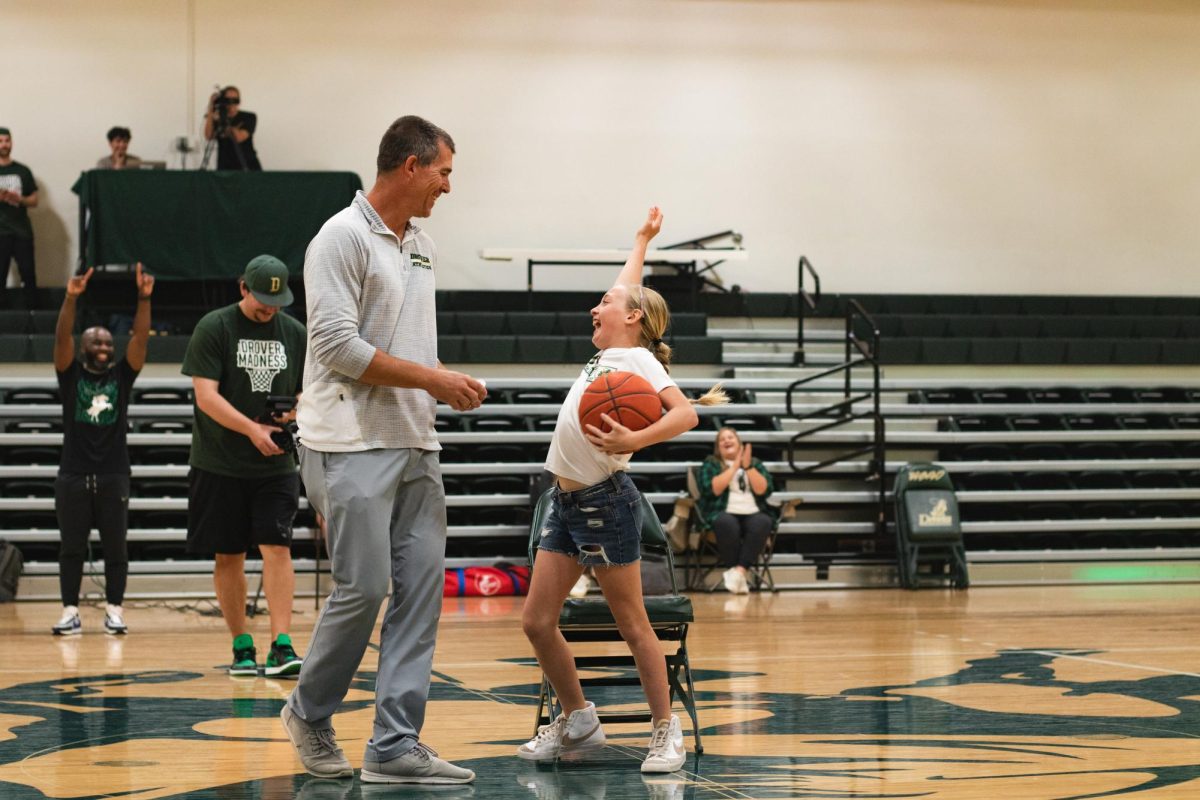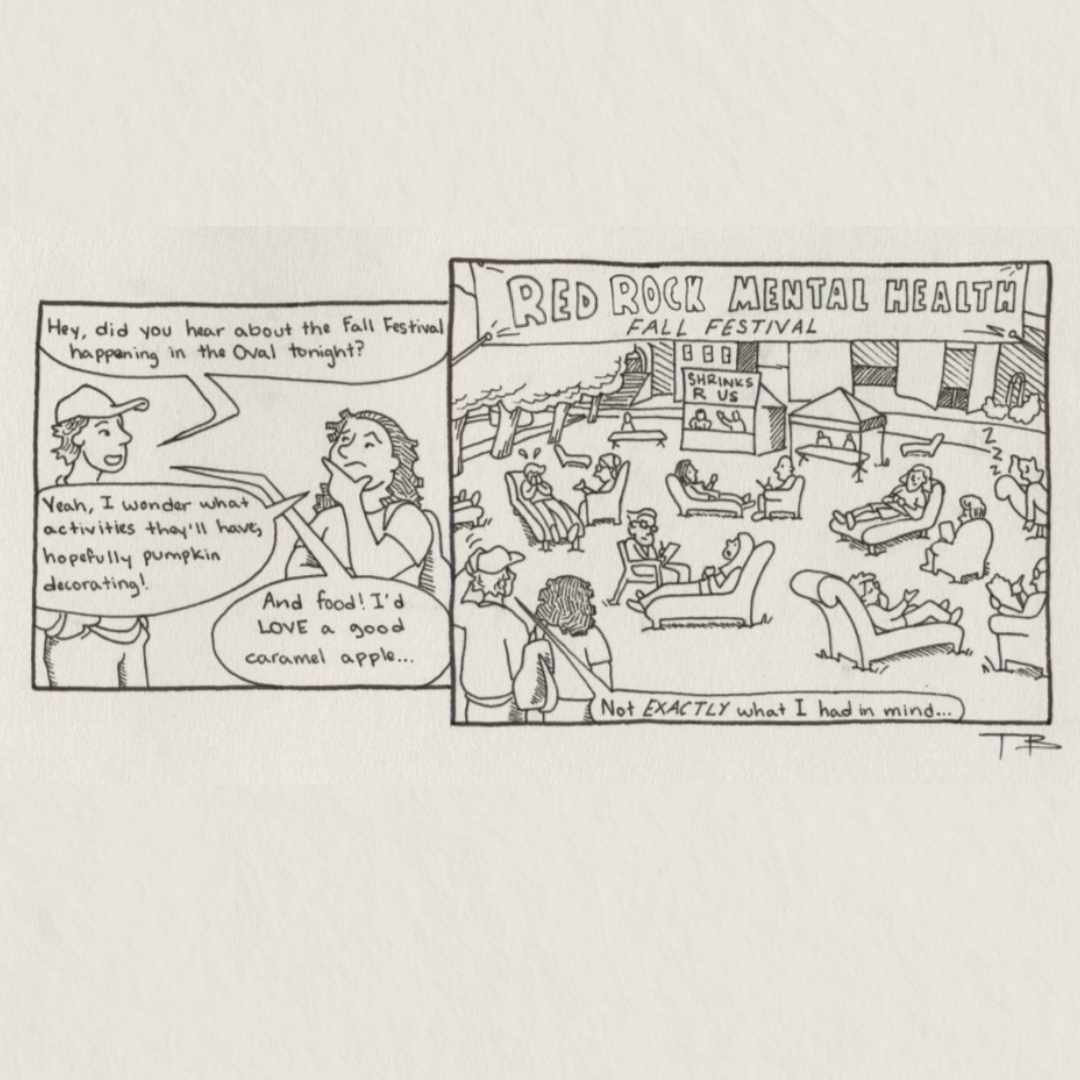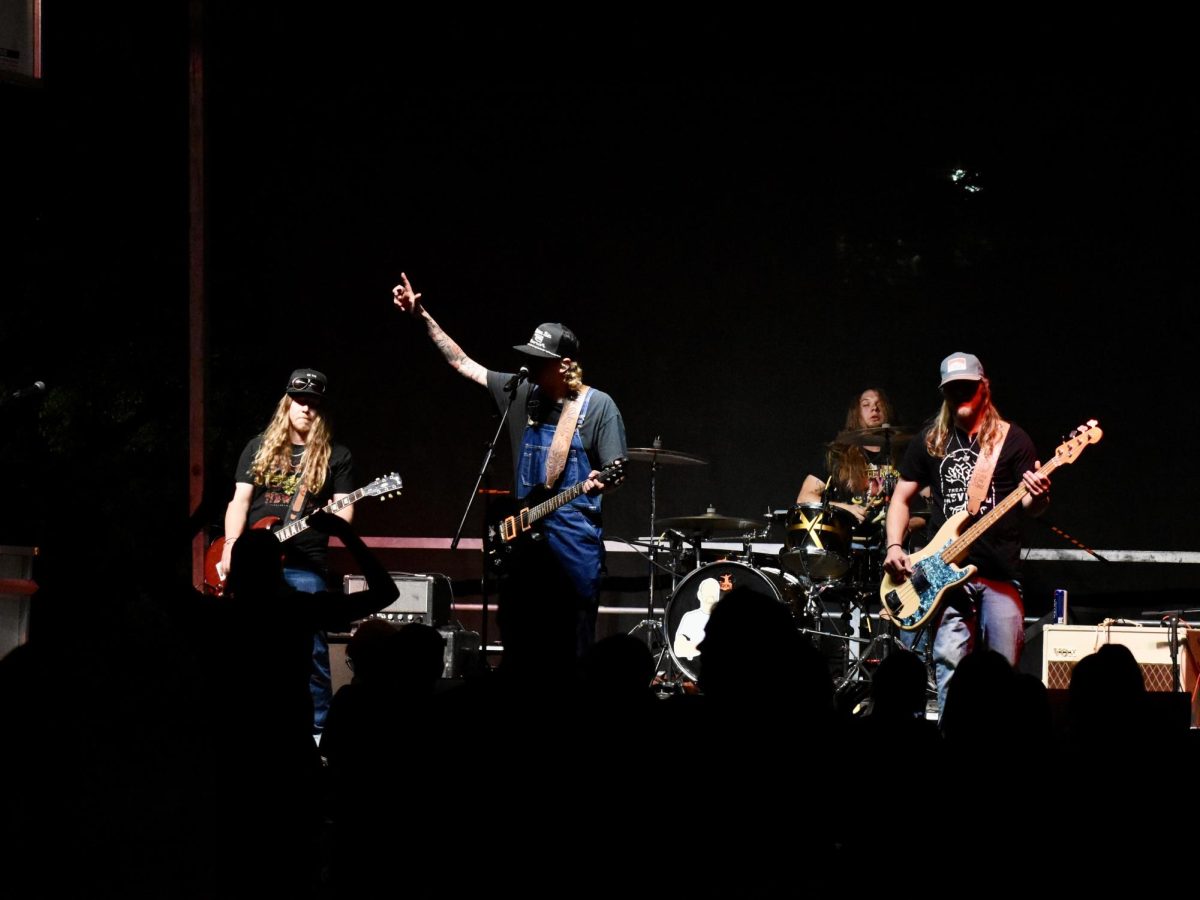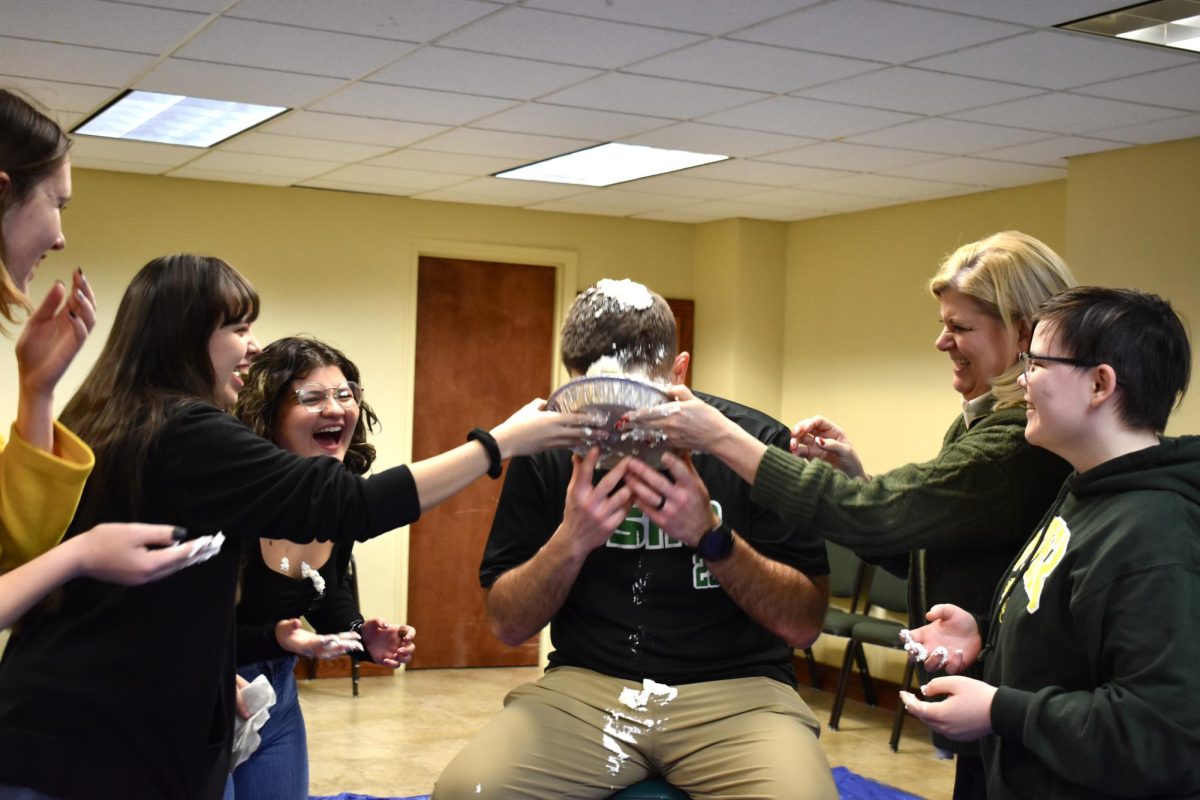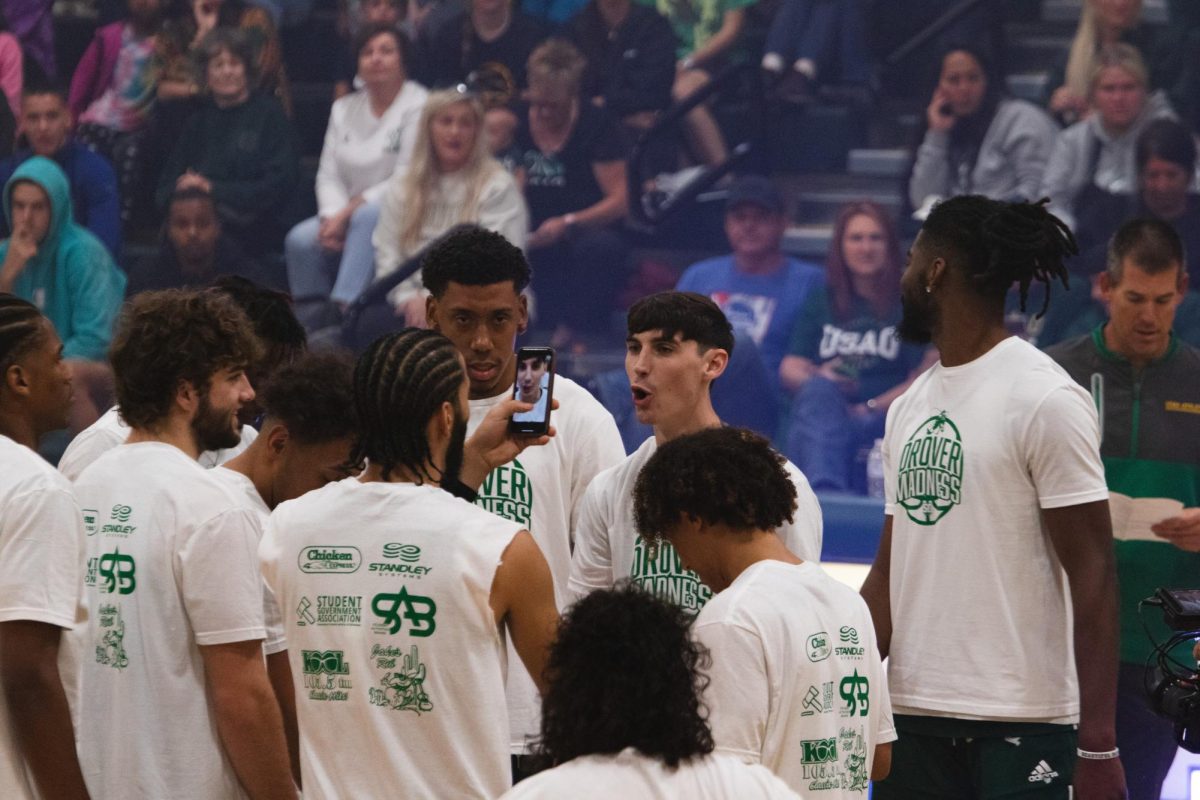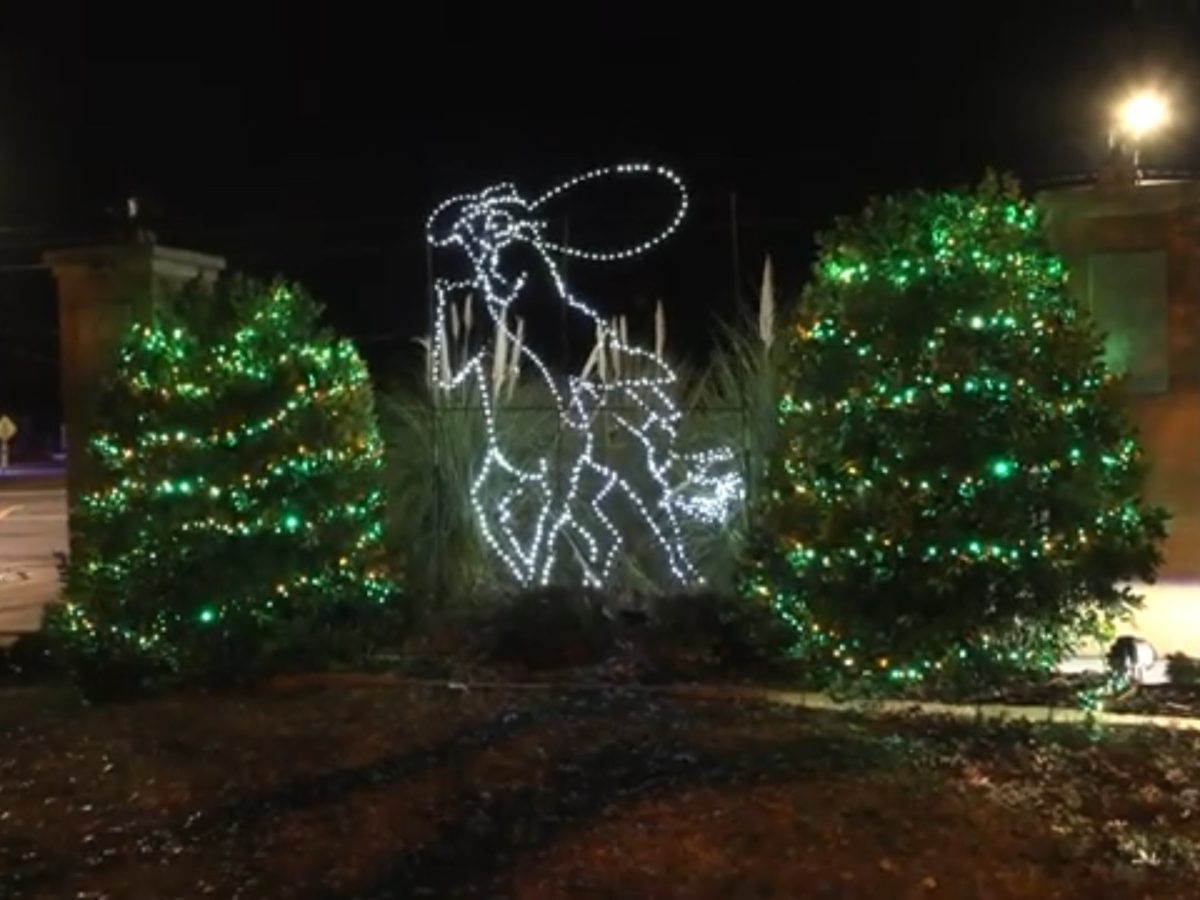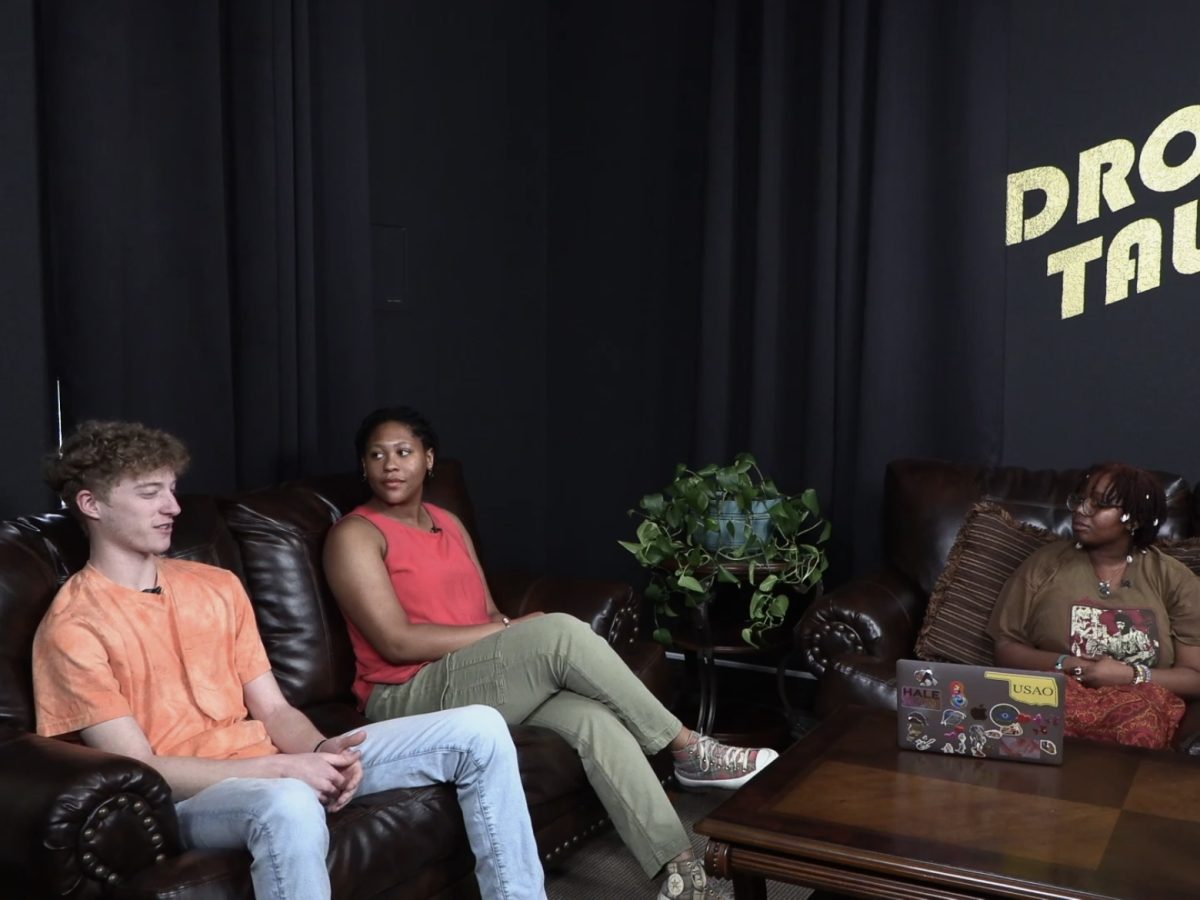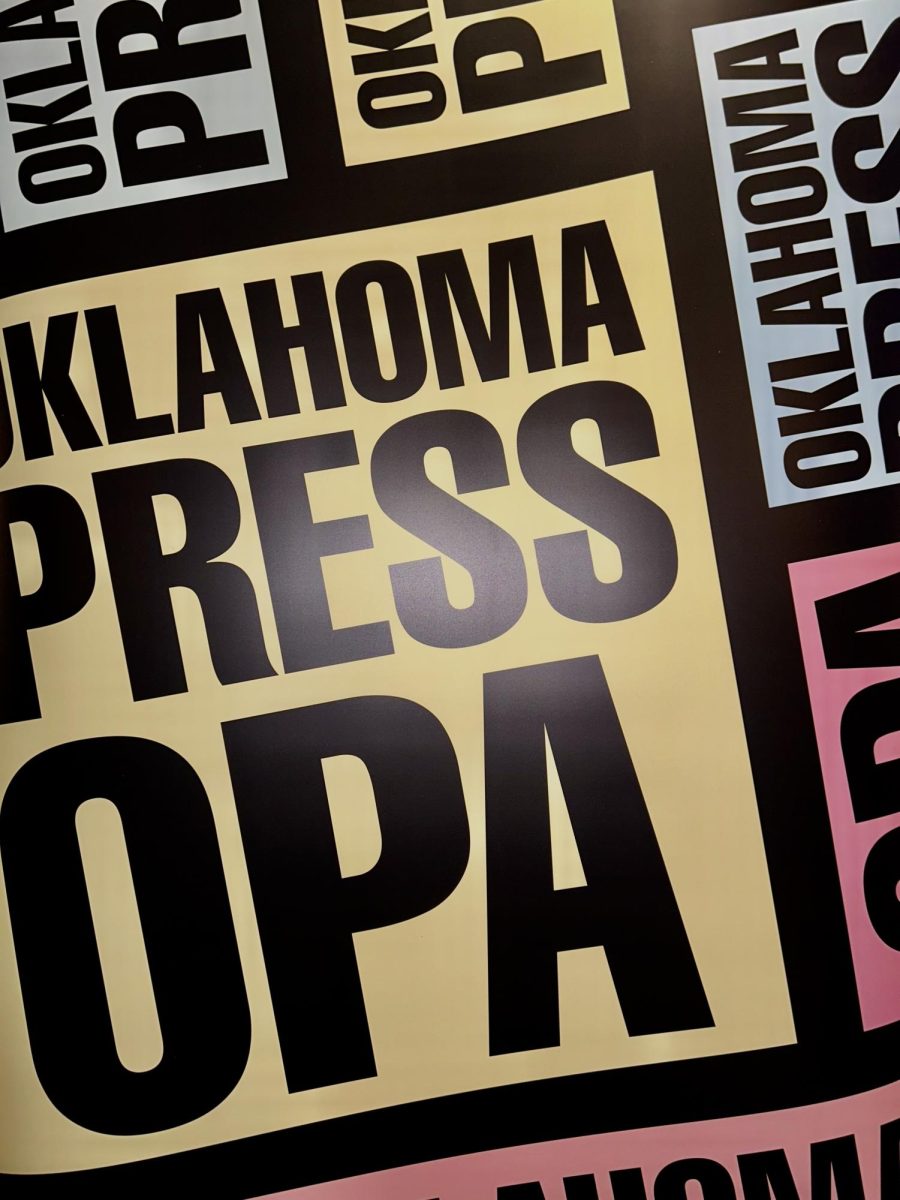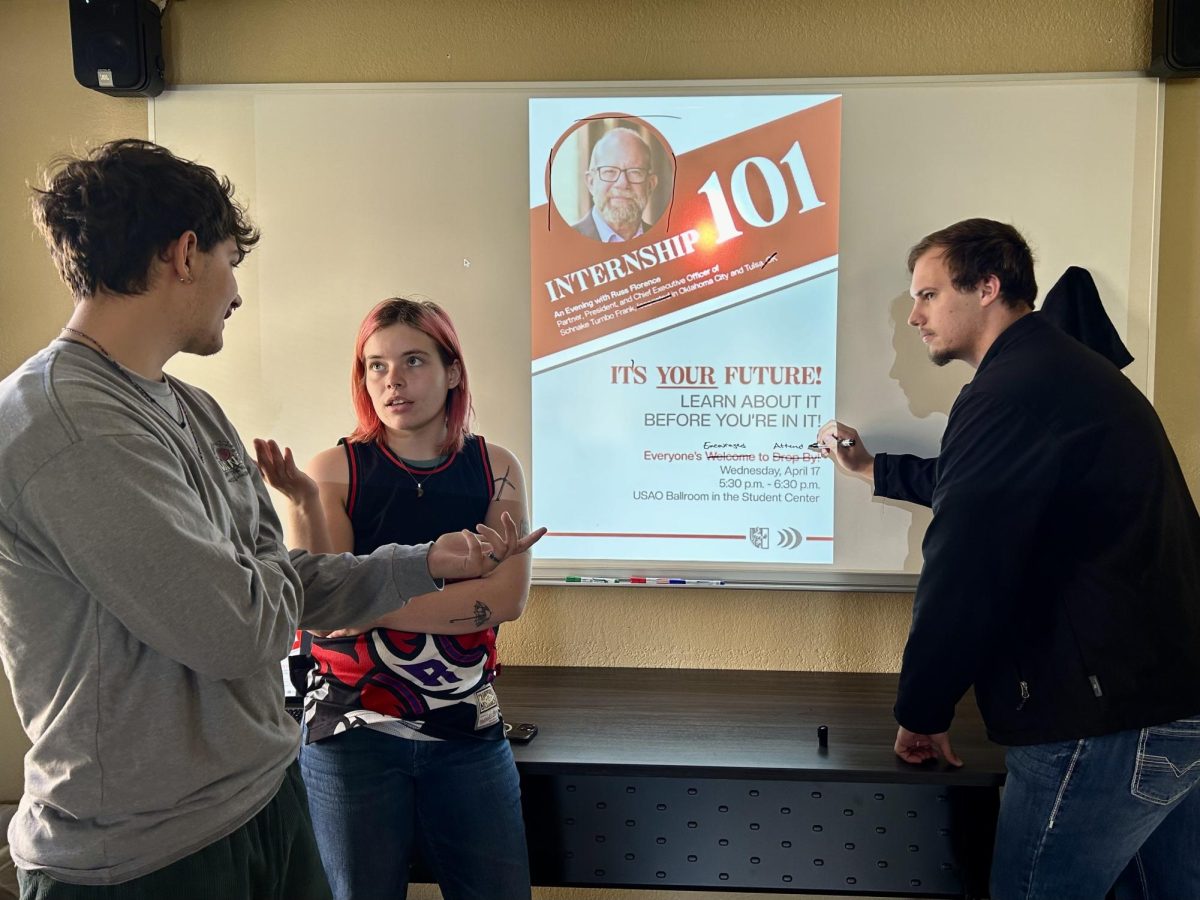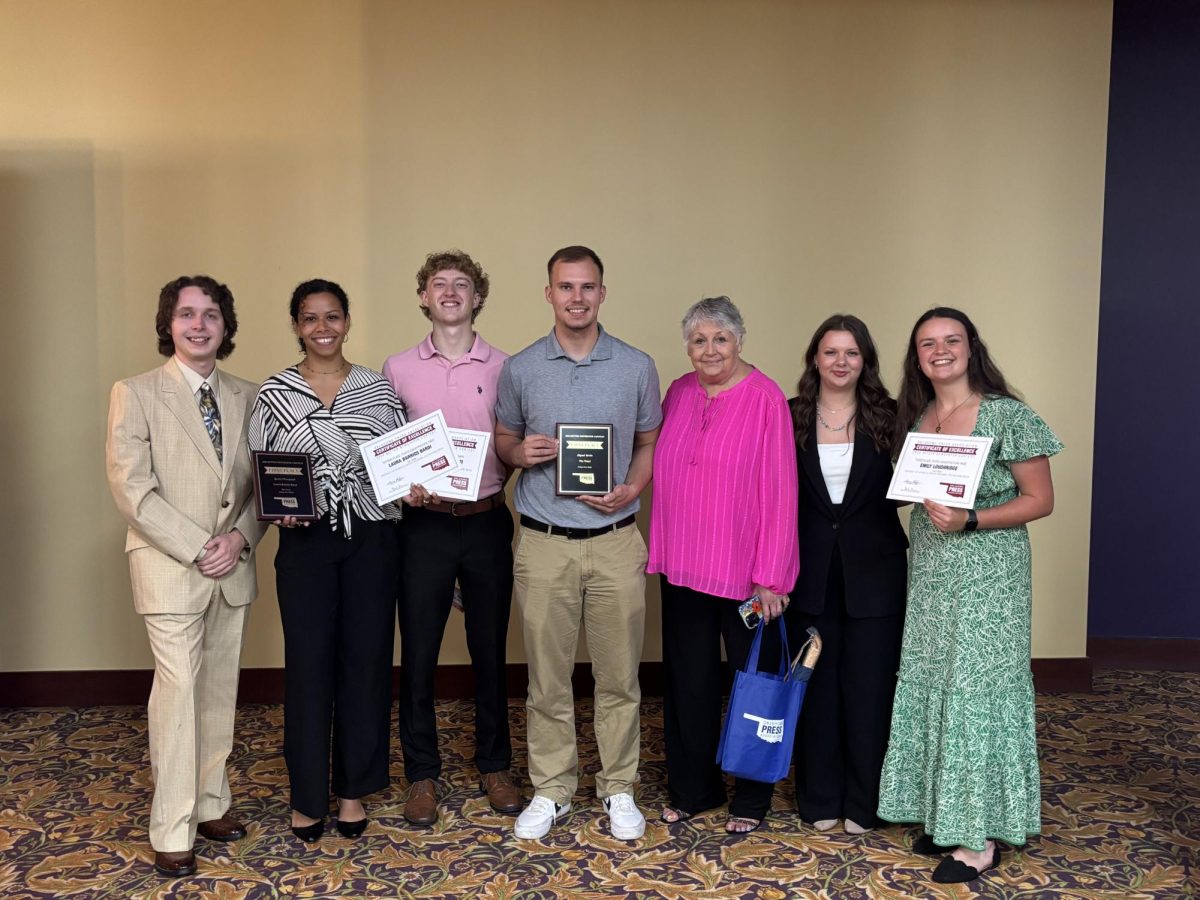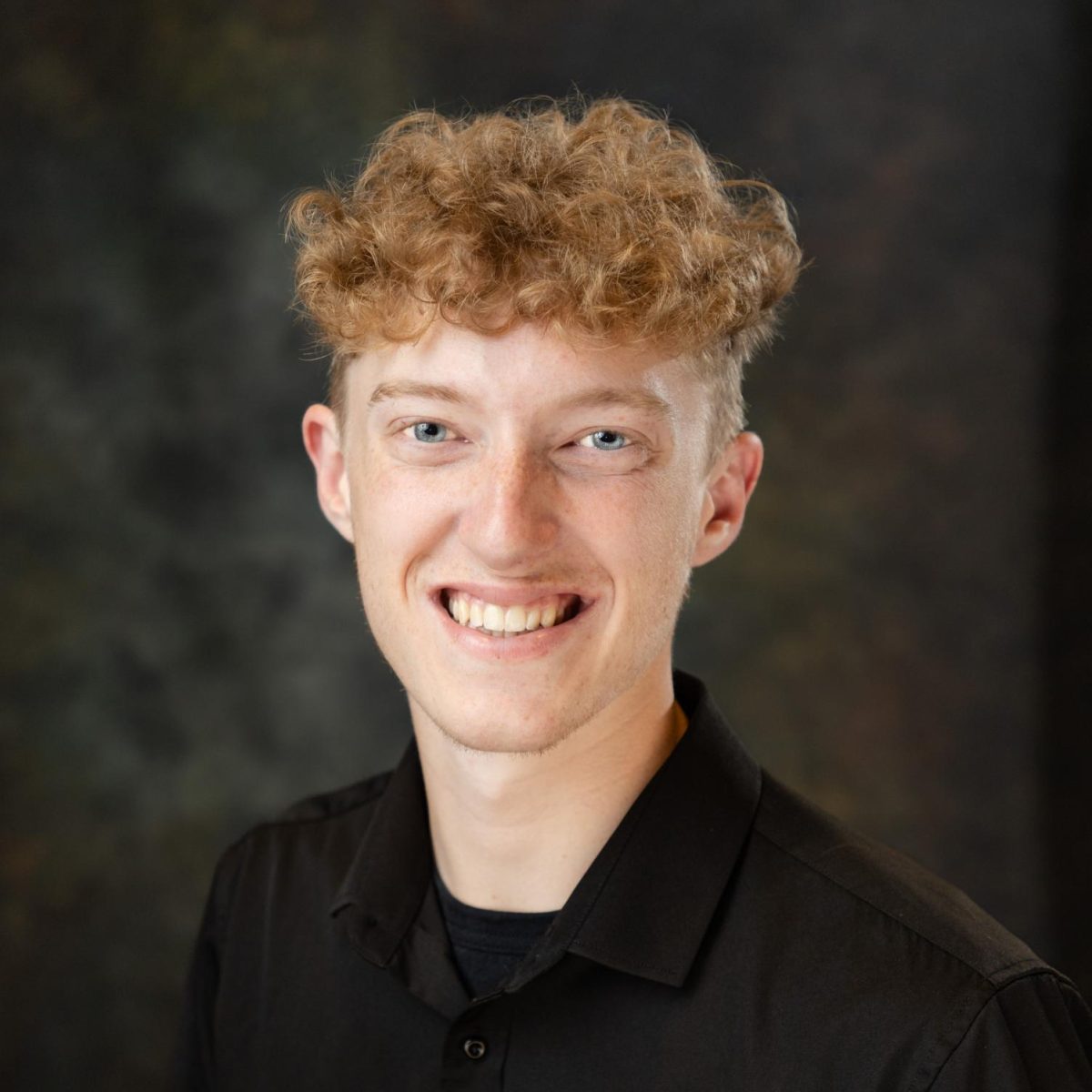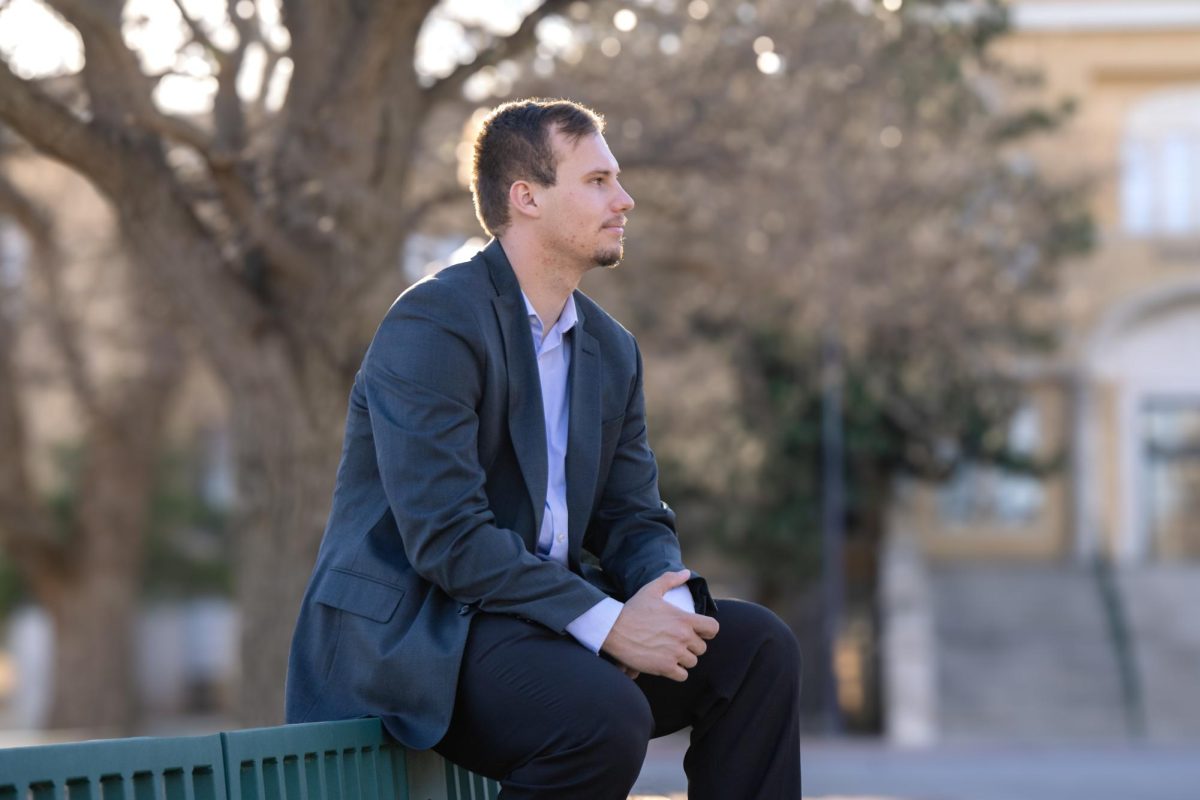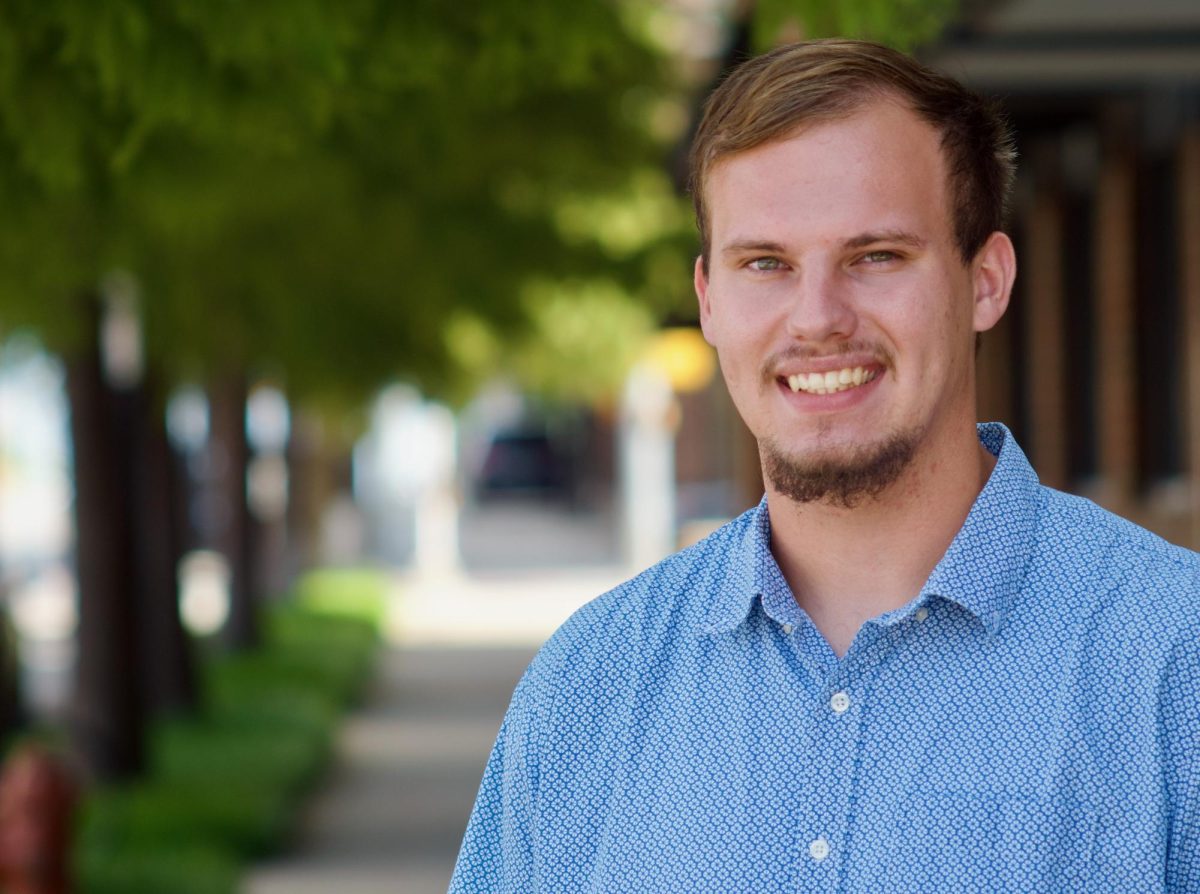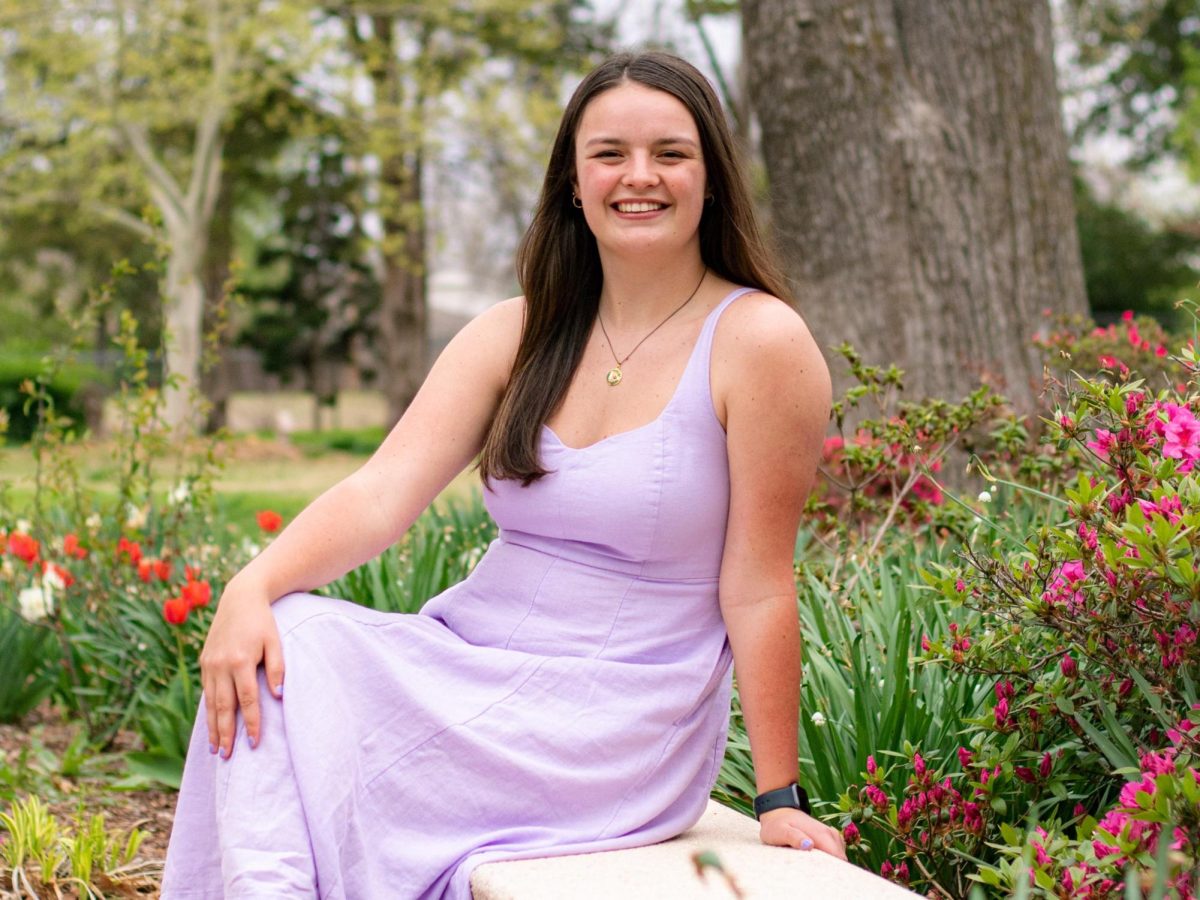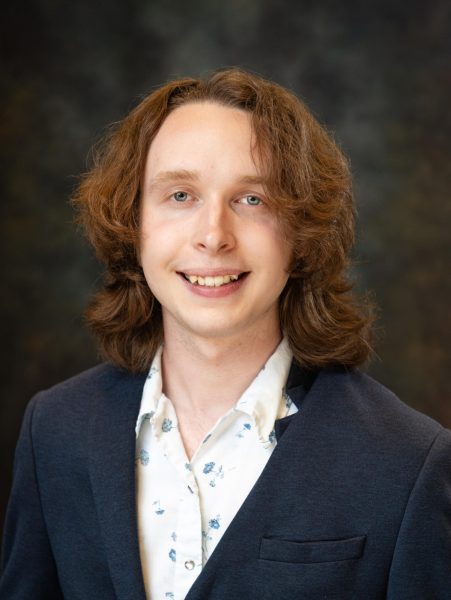Tuesday, April 15, the USAOBound social media page made a post using generative artificial intelligence (AI) to create an image of the campus mascot, Dusty the Drover, as an action figure in store packaging. This was prompted by a popular trend, and made with light-hearted intentions, even if in bad taste.
However, there’s more to this trend and the type of content that has become prevalent in not just media, but other areas of our lives as well. Let’s take a look at some of the causes and implications of this incident, and what the future could hold for the relationships between universities, AI, and art.
First, this trend specifically uses one of OpenAI’s image features to create a plastic, toy-like rendition, based off a photo and prompt. This is becoming a common way of using AI, to replicate a specific style and look.
This can seem harmless at first glance, but it’s important to note that first and foremost, any use of AI art is supporting the shift away from real art. These trends are part of the larger push that is only encouraging companies to focus more on AI art at the detriment of career artists.
The use of these trends is not just frivolous, but it has recently become a part of political rhetoric. Another prompt that spread across the internet is the “Studio Ghibli” style. Known for its soothing, picturesque visuals and touching stories, it got the same treatment.
Ironically, Ghibli films take years of work by the artists and animators behind them, and the craftmanship is evident in the final result. Now, AI has replicated the style, making it easy to create a quick, cheap copy, lacking the quality of the original but emulating the feeling enough to become popular.
On March 27, the White House started using the prompt to glorify the Trump administration’s crackdown deportation policies. The first image was of a man in military uniform in front of an American flag escorting a crying woman in handcuffs.
This is just one of many ways that the White House has been using fads and pop culture to praise these policies in a contrastingly blithe manner. What sets this apart is the use of AI art to do it.
This is not to compare the White House post and the post made by USAO as equals, but to show what spaces this use of AI is making headlines in. As an institution dedicated to creating a supportive, inclusive environment, there are social factors to keep in mind, which were overlooked.
USAO students and alumni were vocal about the inappropriate nature of the post, and it was removed following an email addressing the situation by Vice President of Enrollment Management and Student Life, Sheppard McConnell, who apologized for the offense the post caused.
One of the points in the email is that the social media page is partially managed by students and is a place for them to gain experience. It is a fact, however, that no matter their position, students represent the university when posting to a public social media account with USAO’s name.
Not only is this account viewed by current and graduated students, it is meant for prospective new members of the campus community as well. These types of posts could be discouraging to aspiring artists and others who are seeking a career now infiltrated by AI.
The concerning part of the email is this quote:
“Our intention in exploring trends like AI-generated imagery is to engage with contemporary digital culture and provide learning opportunities for our students. Our liberal arts mission is rooted in fostering open inquiry and critical thinking, and we believe that engaging with emerging technologies, even those that raise complex questions, is a crucial aspect of that mission.” McConnell said.
This is troubling due to the intention to incorporate the use of AI, despite the threat it poses to artists and other creatives, into university practices. Engaging with contemporary digital culture is not reason enough to encourage the use of AI tools in a way that takes artistry out of the picture.
Last week, I attended two different events with teaching workshops. The first was the OCMA Awards with The Trend on Wednesday, April 2, and was the first professional setting where we were encouraged to use AI in our work.
The speaker used AI images in their slides presentation and encouraged college journalists to use an app to make transcripts of recorded interviews, feed them into ChatGPT, and then edit them to be suitable enough for publishing. What made it even more incredible was that this followed a section on how to be a trusted news source.
Then, USAO hosted the Oklahoma State Regents for Higher Education’s Student Leadership Retreat last Friday, April 4. The final workshop I sat in on was about how to earn digital badges. This was through taking specific courses to connect employers to people with the skills they want.
It was heavily encouraged that everyone, no matter what the career choice, take a course on and be certified in AI. It was said that they expect AI to become a part of every job type in the next year.
Not just as an artist, but as a person this is more than concerning. In the span of a week, I have felt repeatedly personally threatened by the use of AI in spaces directly affecting my future and the future of my peers. The value of originality seems to fall with each day.
If you feel the same way, it might not seem like there is much you can do. Voicing your concern, firmly and respectfully, is certainly a good place to start. Be mindful of what you consume online, and remember to value art not as just a product, but as expression containing real, human creativity.
Thomas Buchanan is a third-year art major at the University of Science and Arts of Oklahoma.
